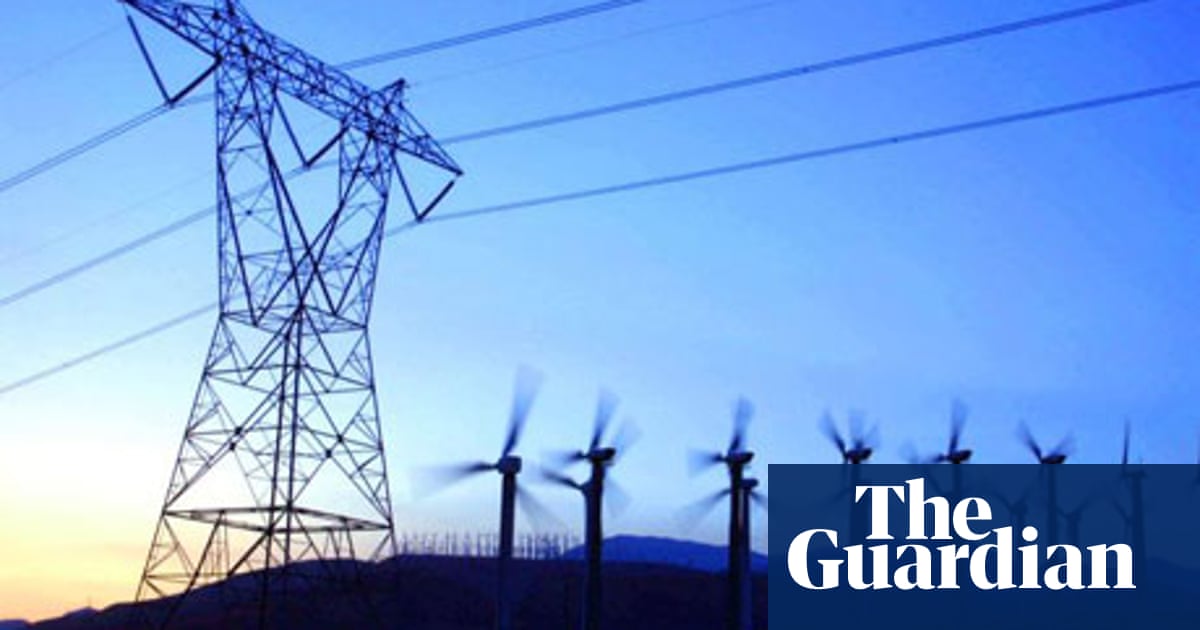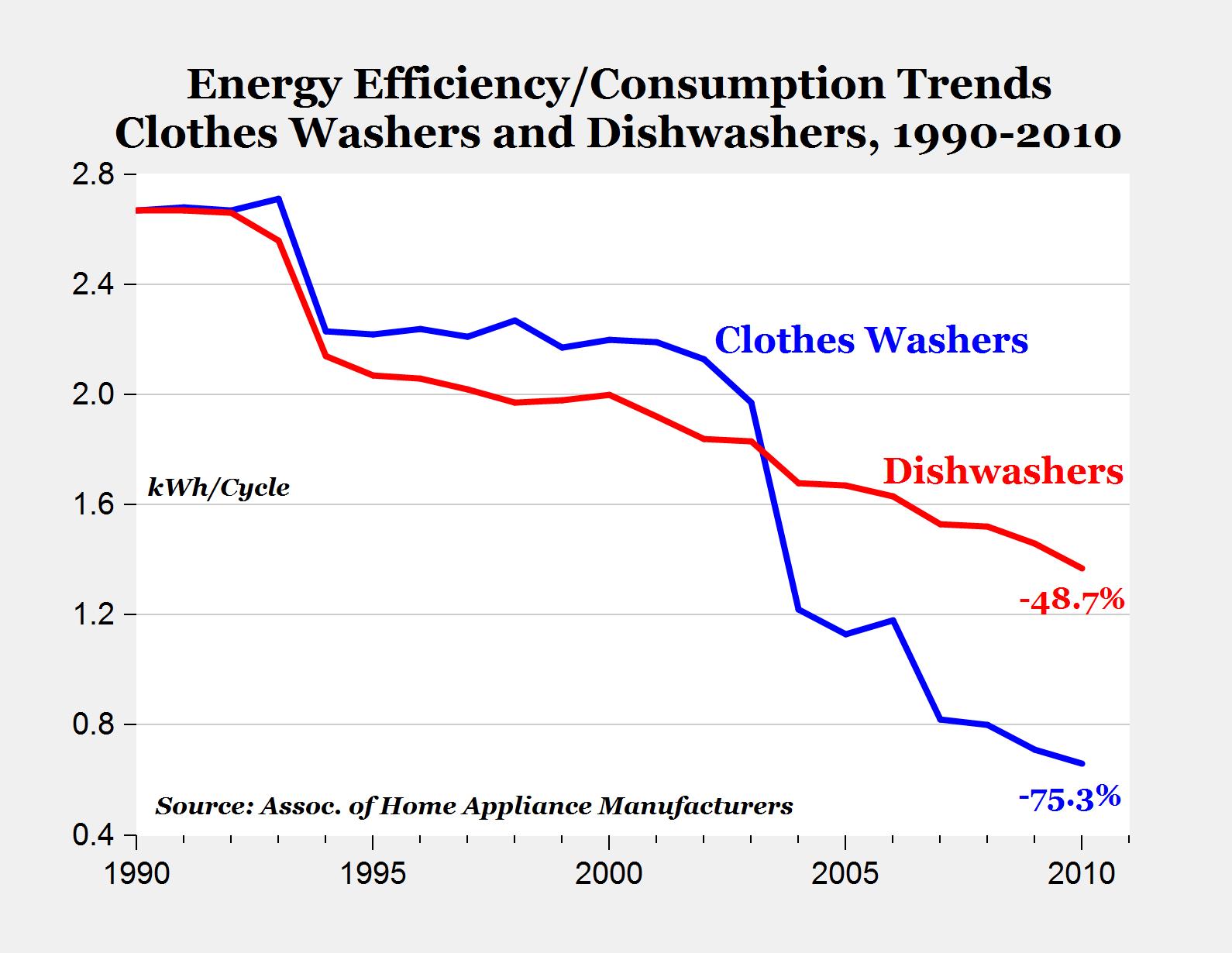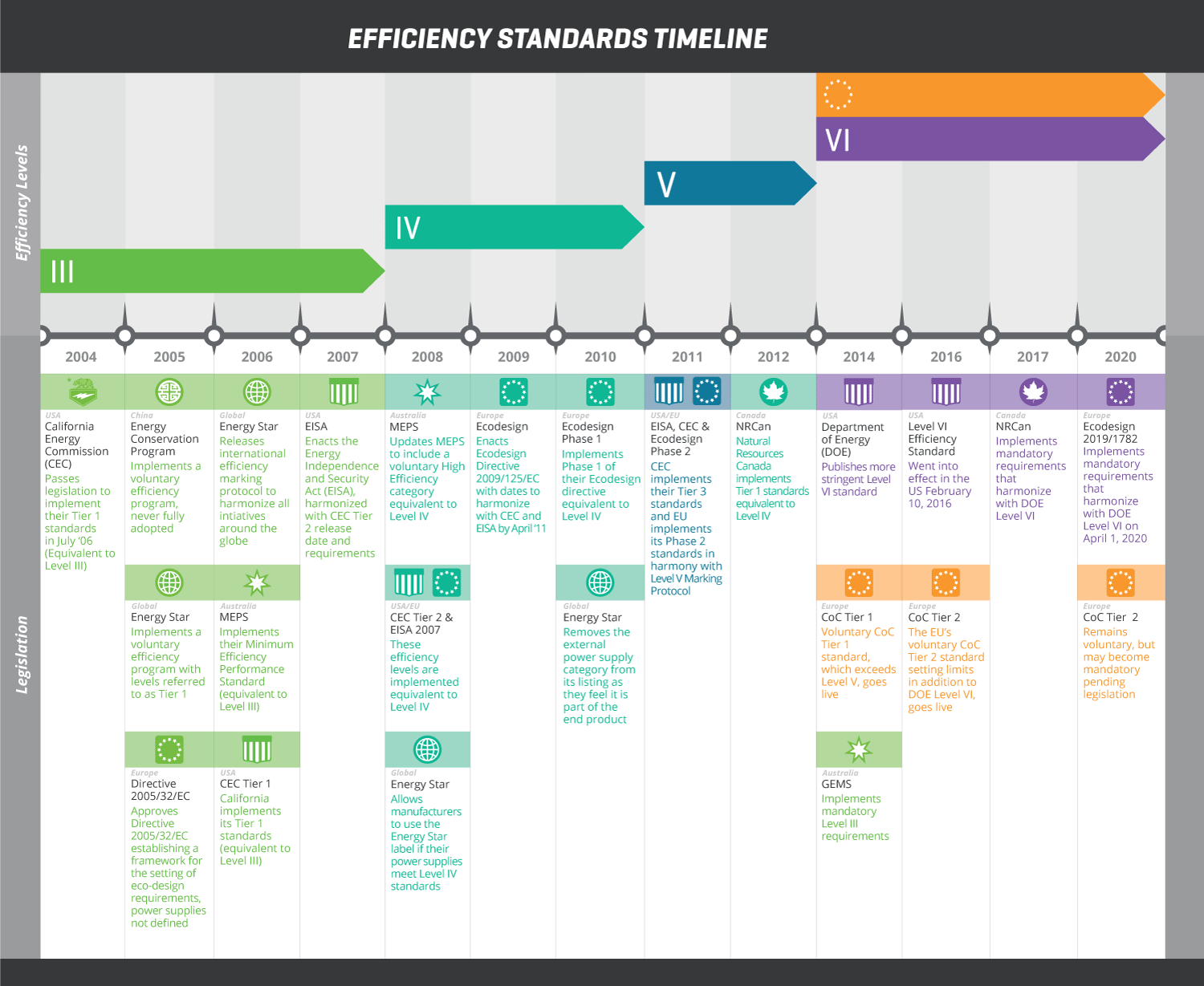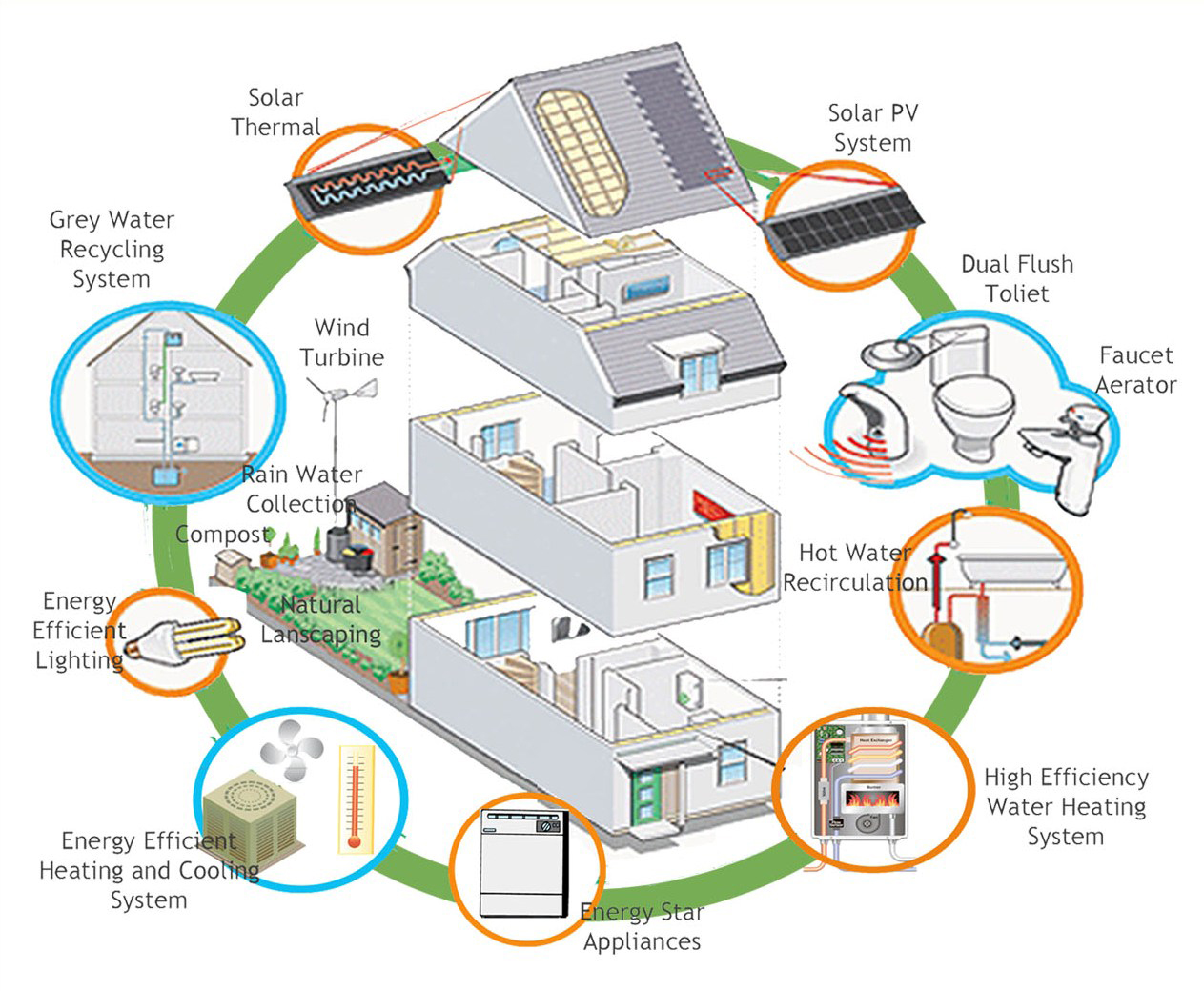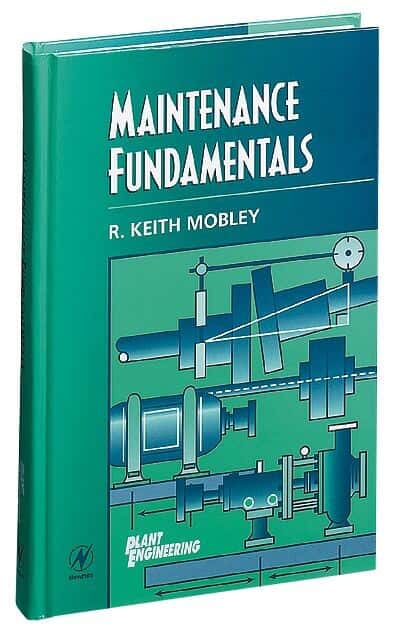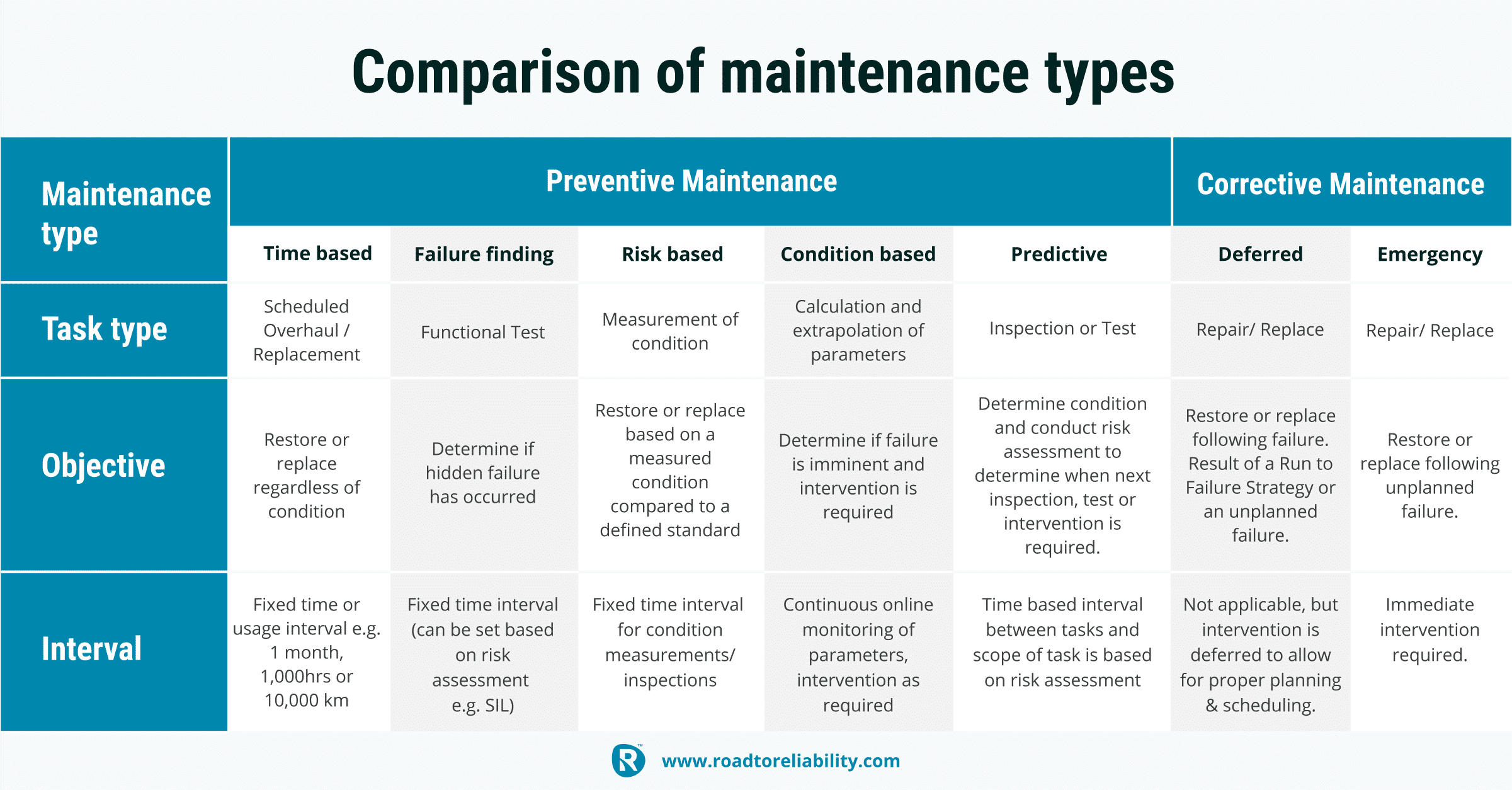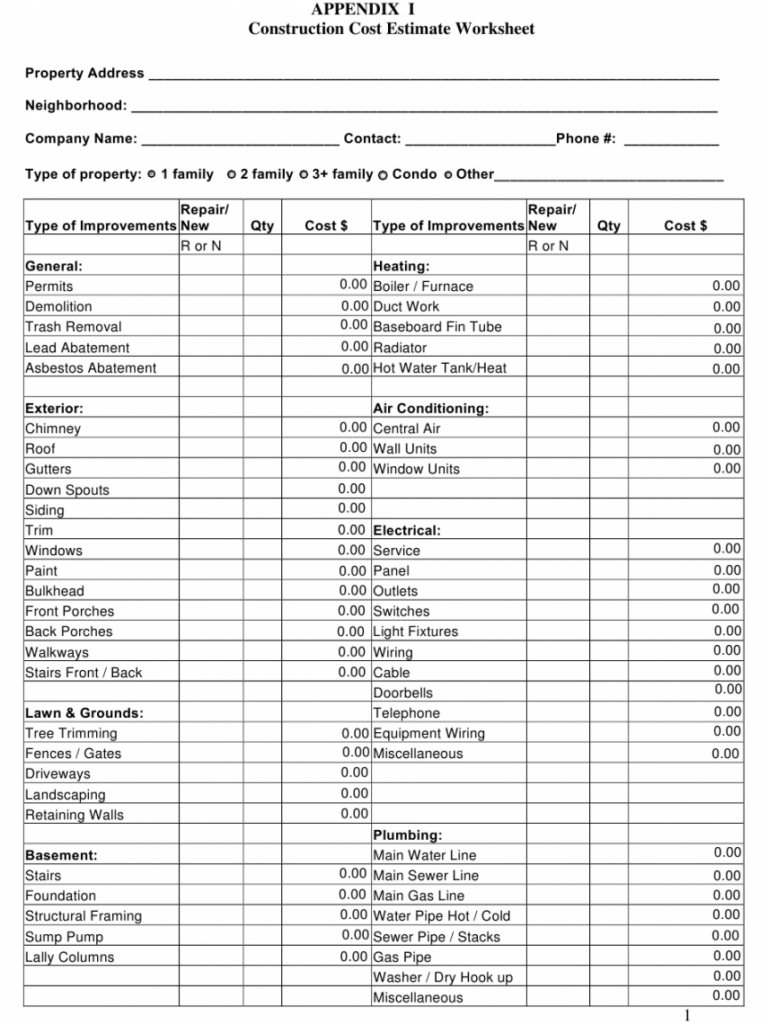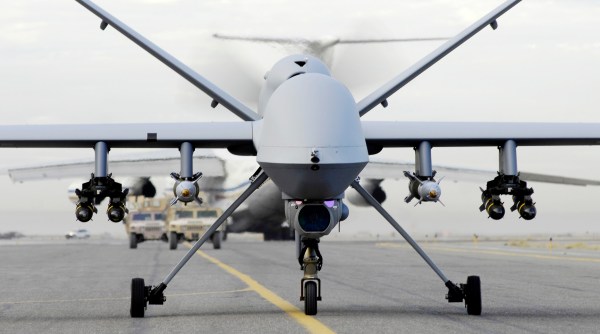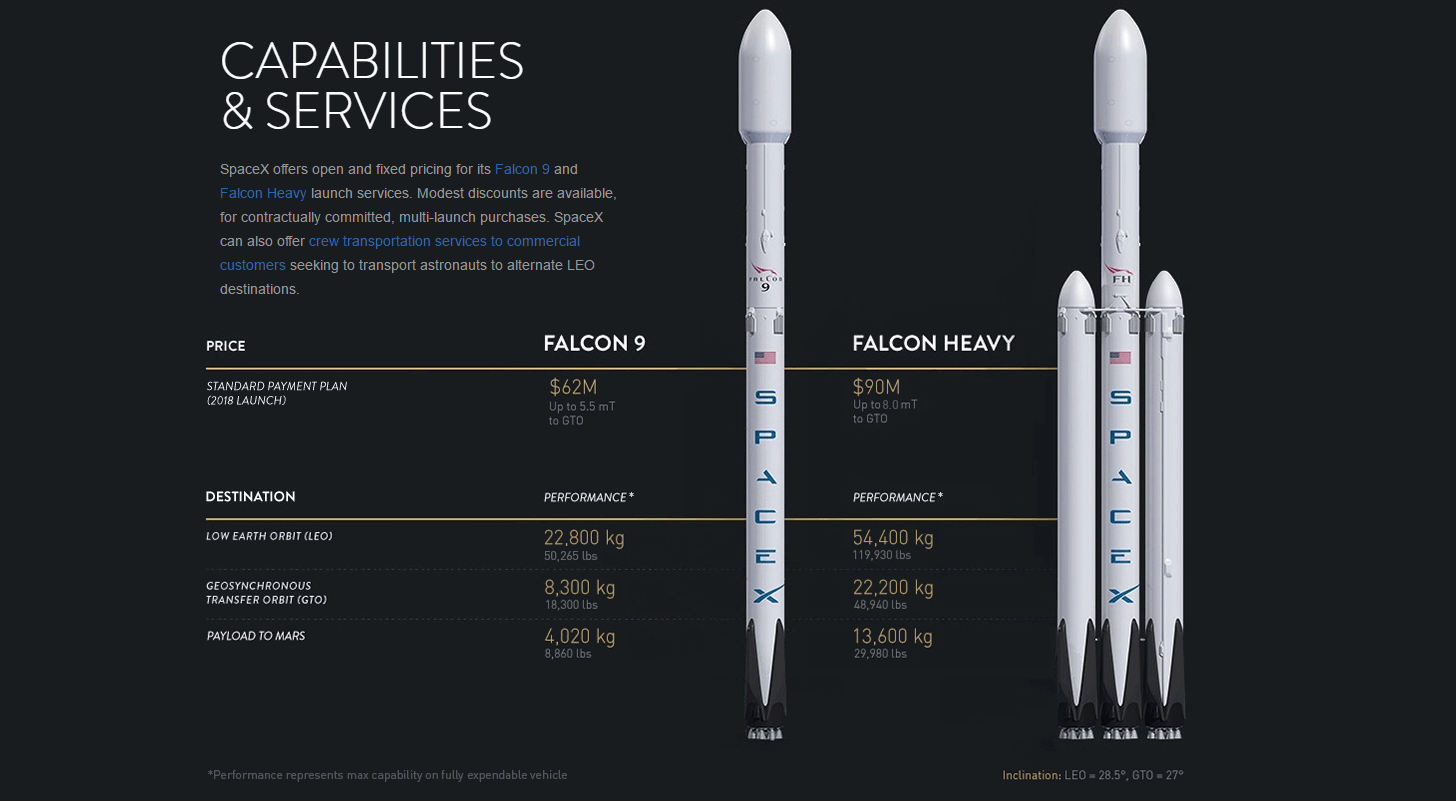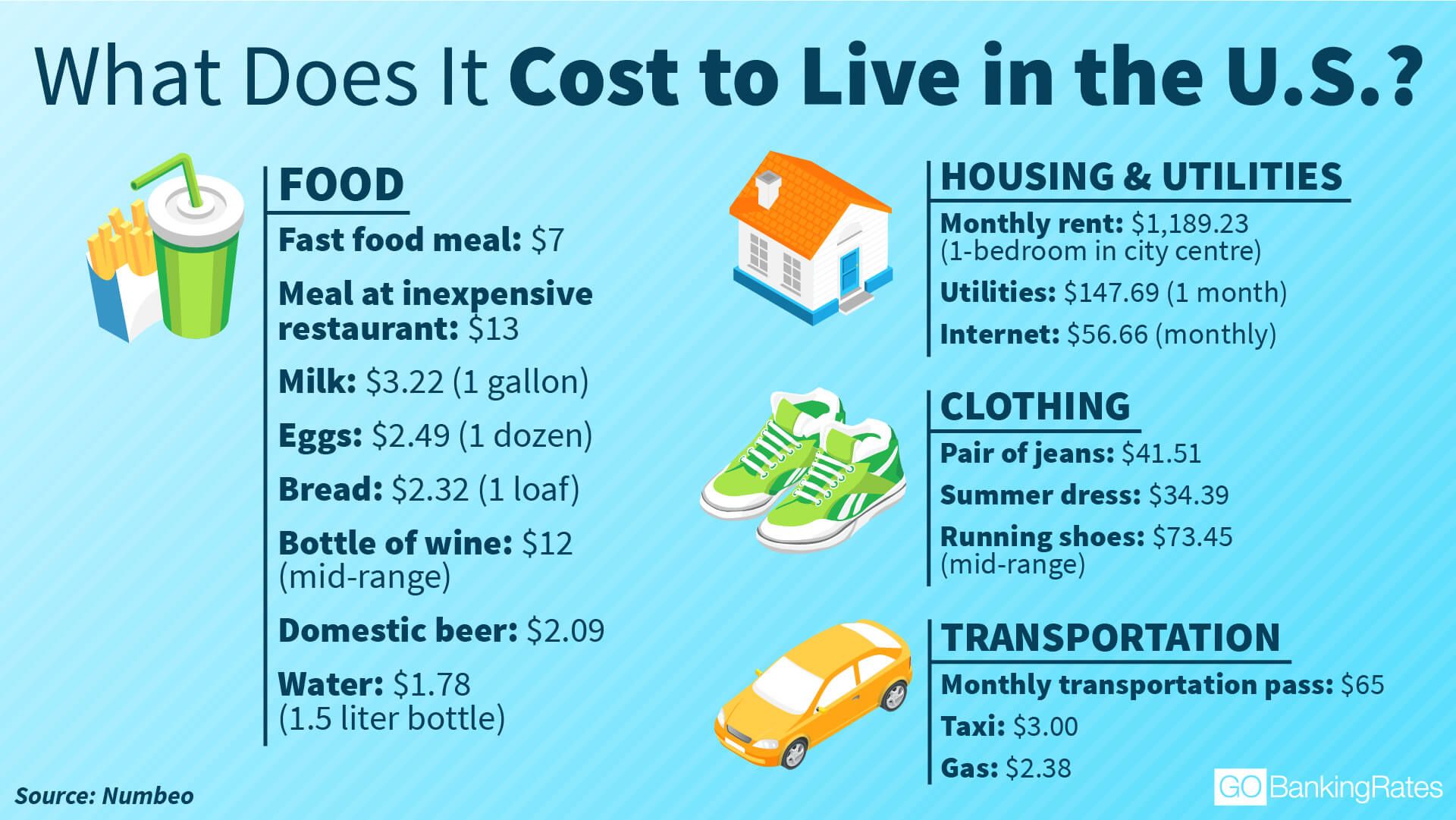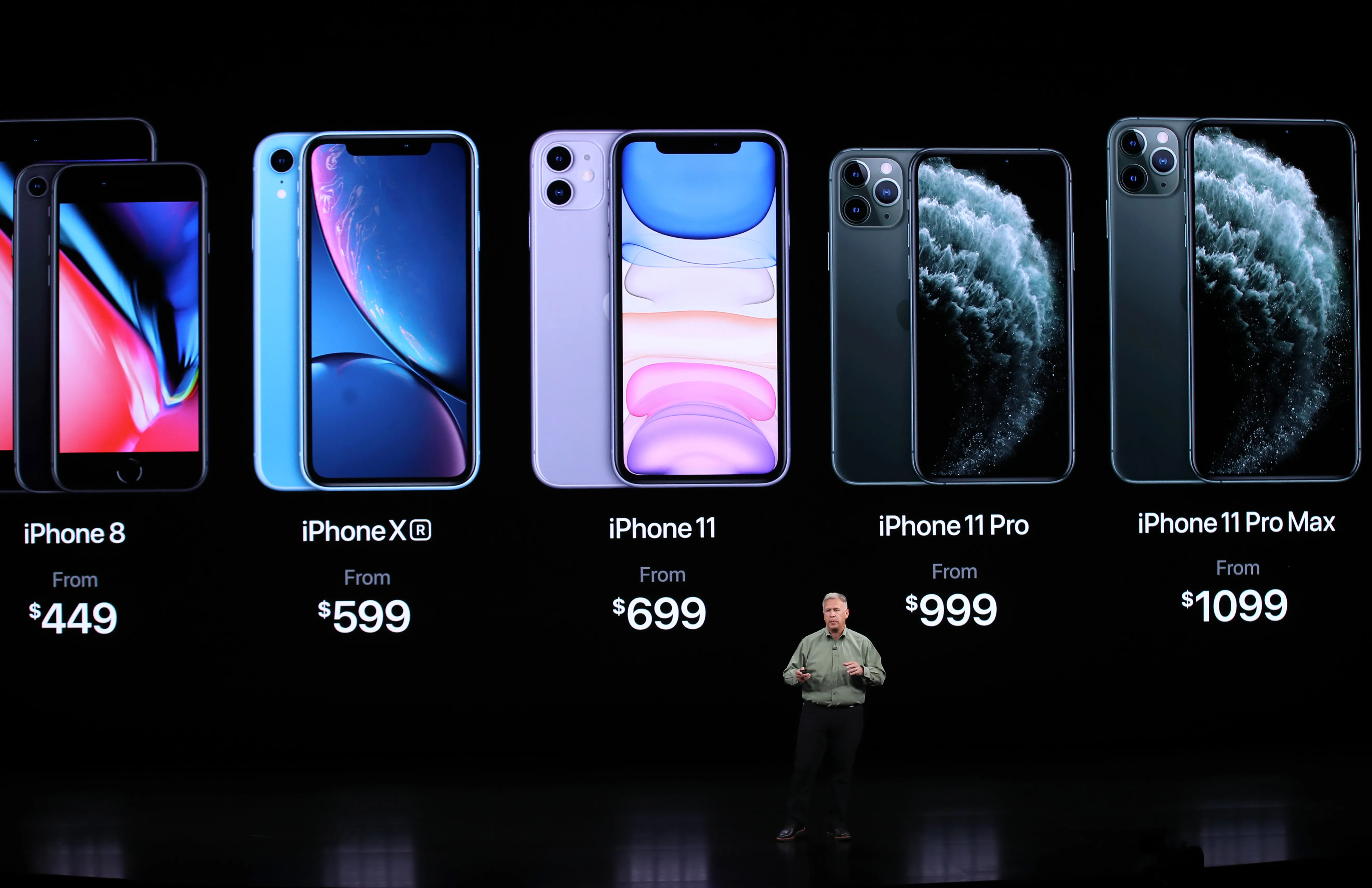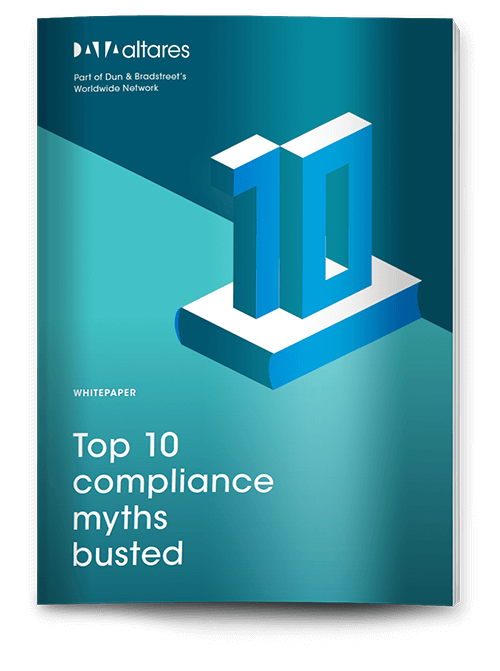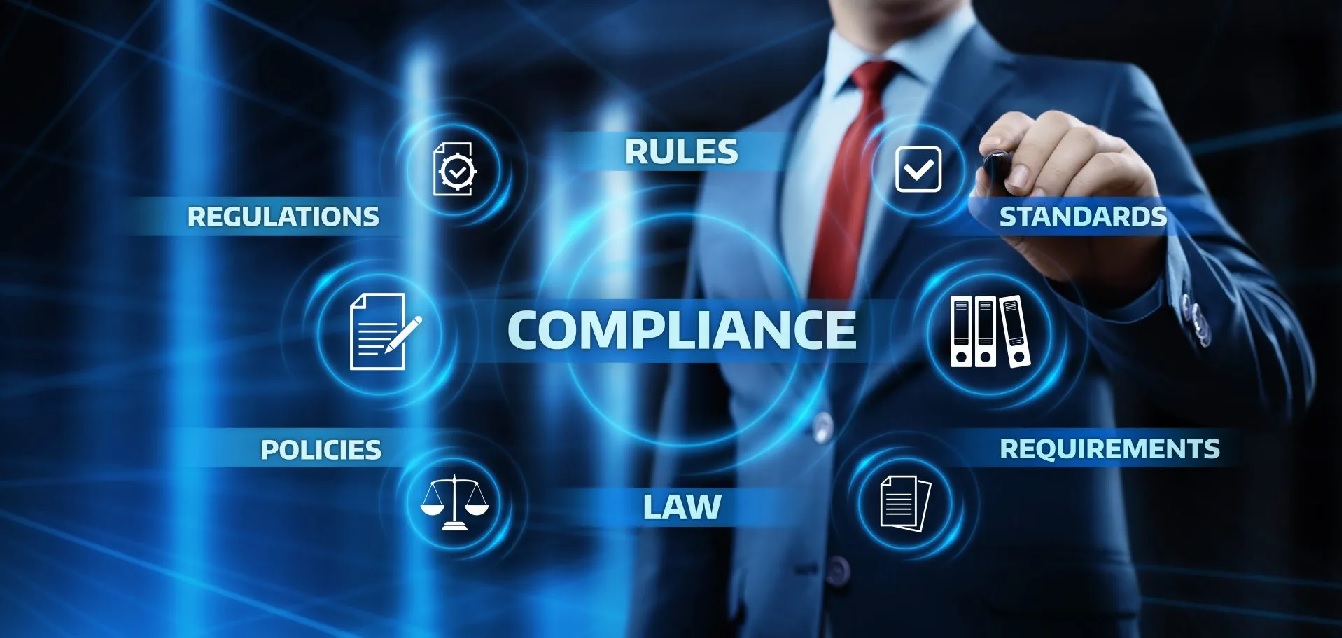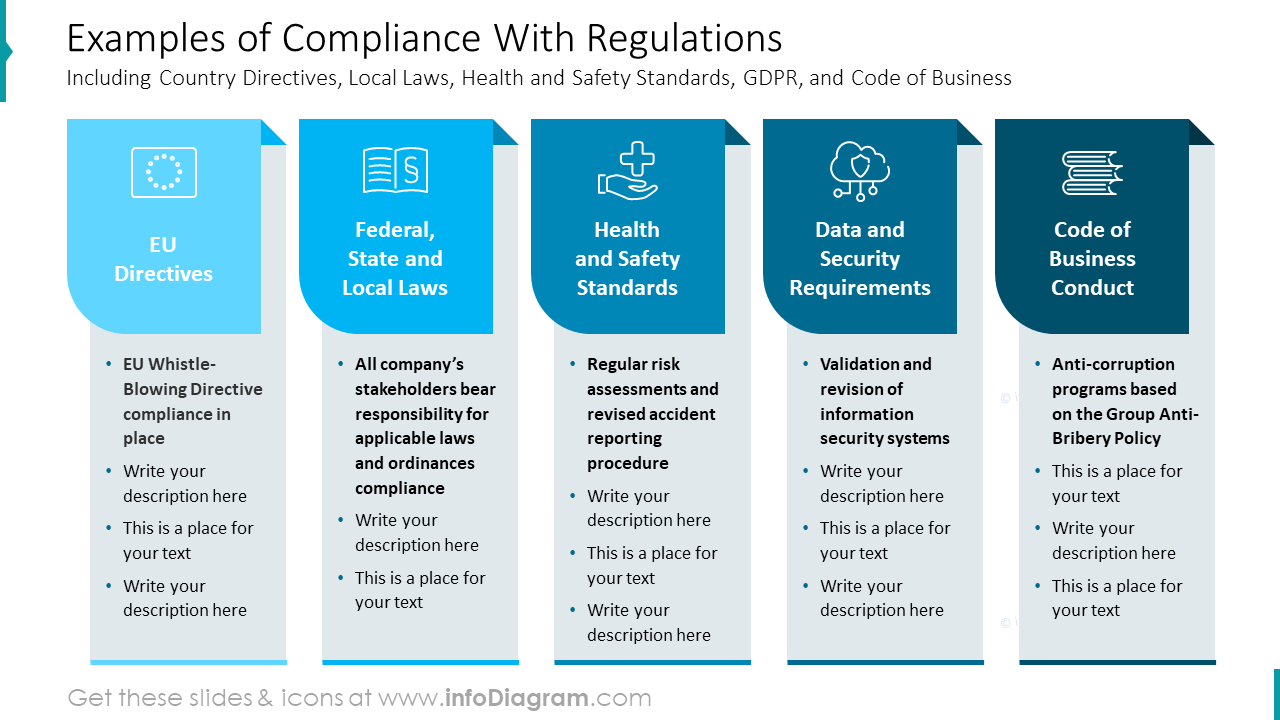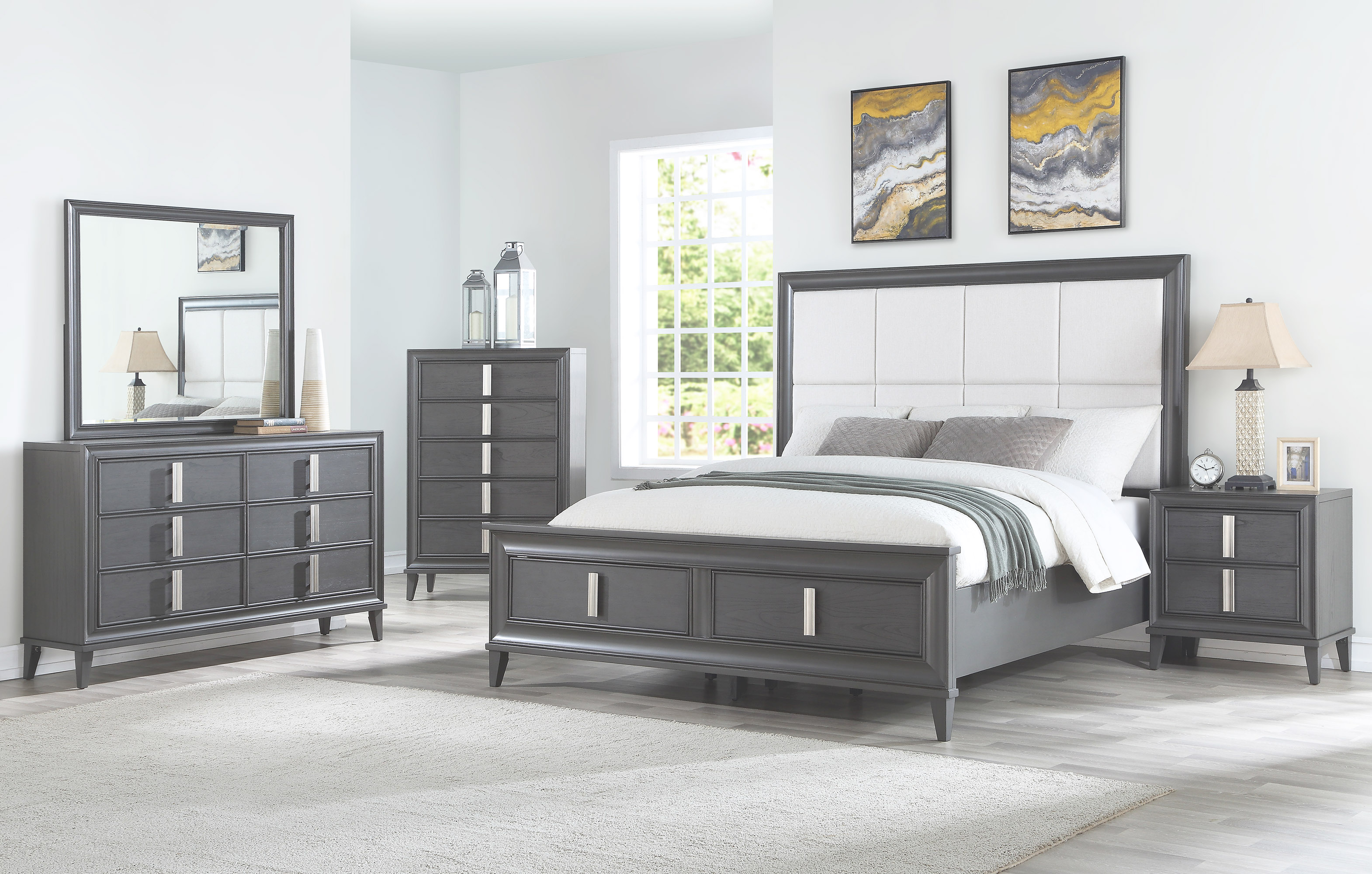The layout of a commercial kitchen is crucial for its overall functionality and efficiency. It is important to carefully plan and design the layout to ensure that all areas of the kitchen are easily accessible and that the flow of work is smooth. When considering the layout, it is essential to take into account the size and shape of the kitchen space, as well as the type of cuisine being prepared.1. Layout
The workflow of a commercial kitchen refers to the movement of food, equipment, and staff within the space. A well-designed workflow can greatly improve the efficiency of the kitchen, leading to faster service and better quality food. This involves placing equipment and workstations in a logical sequence to minimize the need for employees to cross paths and to reduce any unnecessary movements.2. Workflow
The selection of equipment is a crucial aspect of commercial kitchen design. It is essential to choose equipment that is suited to the needs of the kitchen and the type of food being prepared. This includes considering the size and capacity of the equipment, as well as its energy efficiency and maintenance requirements.3. Equipment Selection
Adequate ventilation is crucial for a commercial kitchen to maintain a safe and comfortable working environment. It helps to remove smoke, grease, and other pollutants from the air, which can not only affect the health of employees, but also impact the taste and quality of food. It is important to consider the type of ventilation system needed based on the size and layout of the kitchen.4. Ventilation
Safety is a top priority in any commercial kitchen. When designing the space, it is important to consider potential hazards and implement safety measures to prevent accidents. This includes ensuring proper spacing between equipment, providing appropriate storage for knives and other sharp objects, and implementing fire safety measures.5. Safety
Accessibility is an important consideration in commercial kitchen design to ensure that all employees can safely and efficiently perform their tasks. This includes providing adequate space for employees to move around, as well as ensuring that equipment and workstations are at a suitable height for all employees.6. Accessibility
In addition to considering the functionality and safety of a commercial kitchen, it is also important to think about its energy efficiency. This not only helps to reduce operating costs, but also contributes to a more sustainable and environmentally-friendly space. Choosing energy-efficient equipment and implementing proper insulation and lighting can greatly improve the energy efficiency of a commercial kitchen.7. Energy Efficiency
Proper maintenance is essential for the smooth operation of a commercial kitchen. When designing the space, it is important to consider the maintenance requirements of equipment and ensure that there is enough space for regular cleaning and upkeep. This not only helps to extend the lifespan of equipment, but also ensures a clean and hygienic kitchen.8. Maintenance
The cost of designing and building a commercial kitchen can be significant, and it is important to carefully consider the budget when making decisions. This includes choosing cost-effective equipment and materials, as well as finding ways to optimize the layout and workflow to reduce overall costs.9. Cost
Lastly, when designing a commercial kitchen, it is important to ensure that it meets all necessary regulations and codes. This includes health and safety regulations, as well as building codes and fire safety standards. Failure to comply with these regulations can result in fines and even closure of the kitchen, so it is crucial to carefully consider them during the design process.10. Compliance with Regulations
Efficiency Matters
 When designing a
commercial kitchen
, one of the most important considerations is efficiency. A well-designed kitchen can increase productivity and decrease wait times for customers. This not only improves the overall dining experience for customers, but it also saves time and money for the restaurant. One way to improve efficiency is by optimizing the layout of the kitchen. This includes strategically placing equipment, workstations, and storage areas for easy access and flow. In addition, investing in high-quality
commercial kitchen equipment
can also improve efficiency. These appliances are specifically designed for heavy use and can handle large quantities of food, reducing the need for frequent repairs or replacements. By prioritizing efficiency in the
commercial kitchen design
, restaurant owners can ensure smooth operations and ultimately, a successful business.
When designing a
commercial kitchen
, one of the most important considerations is efficiency. A well-designed kitchen can increase productivity and decrease wait times for customers. This not only improves the overall dining experience for customers, but it also saves time and money for the restaurant. One way to improve efficiency is by optimizing the layout of the kitchen. This includes strategically placing equipment, workstations, and storage areas for easy access and flow. In addition, investing in high-quality
commercial kitchen equipment
can also improve efficiency. These appliances are specifically designed for heavy use and can handle large quantities of food, reducing the need for frequent repairs or replacements. By prioritizing efficiency in the
commercial kitchen design
, restaurant owners can ensure smooth operations and ultimately, a successful business.




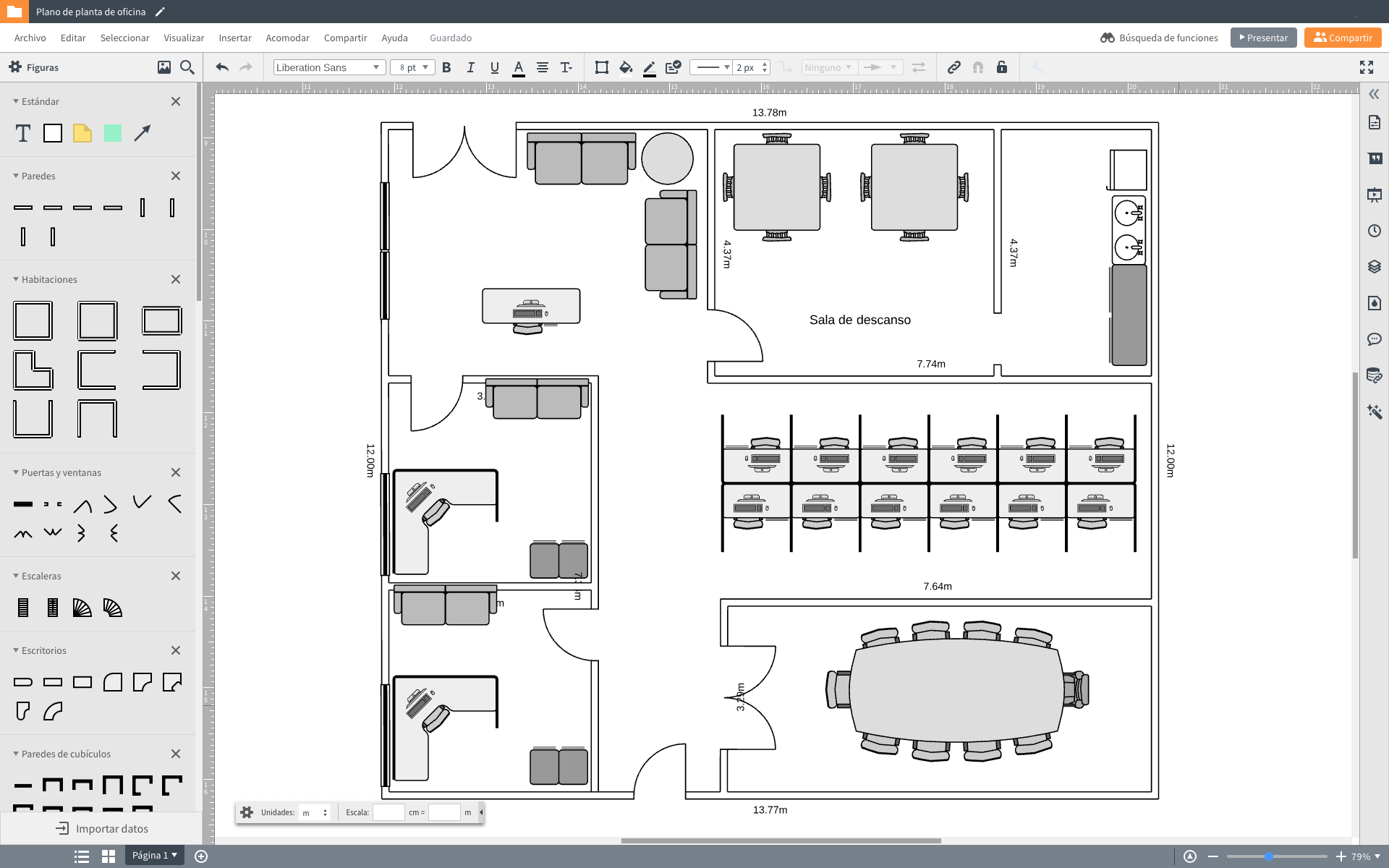
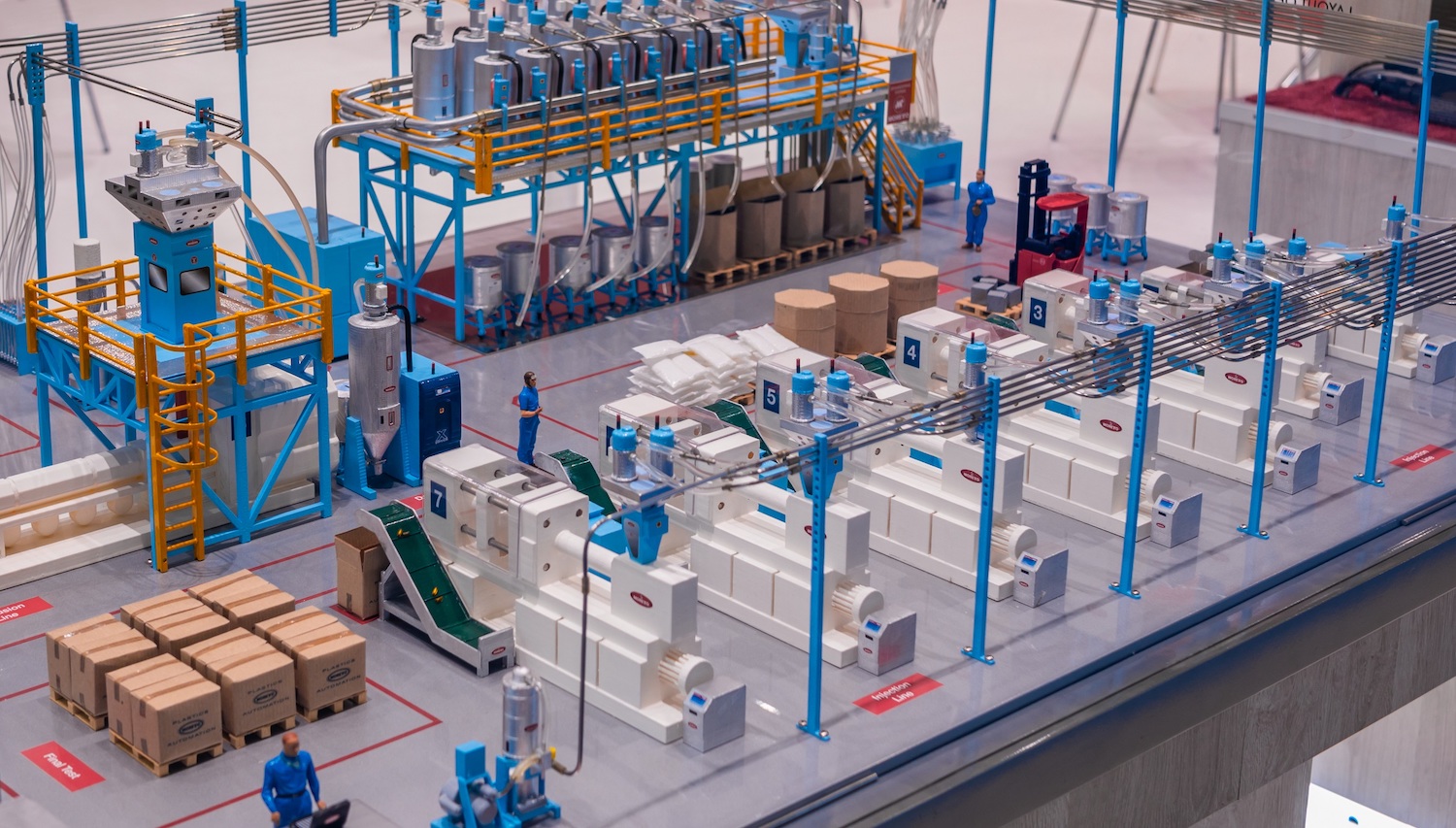
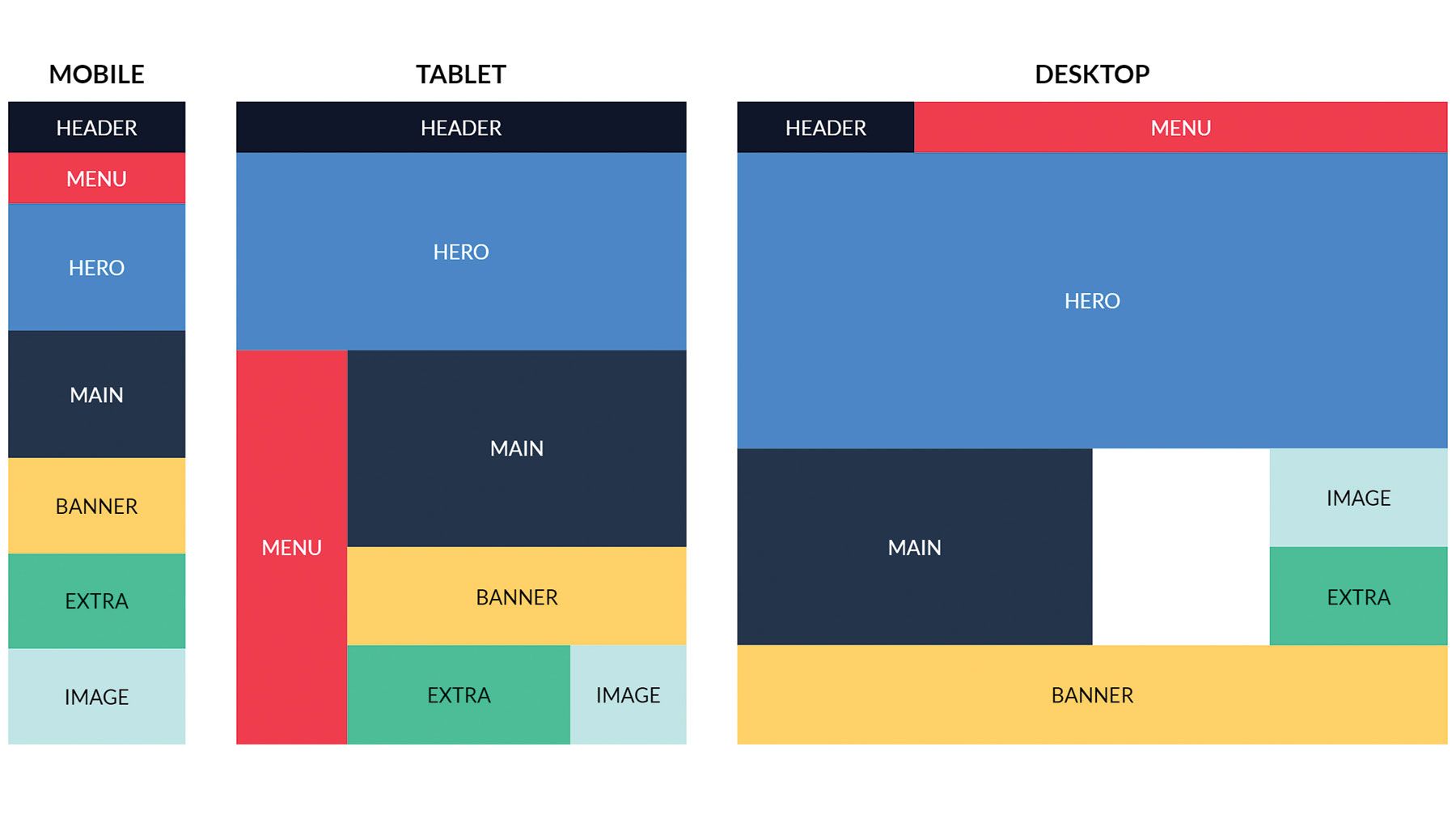

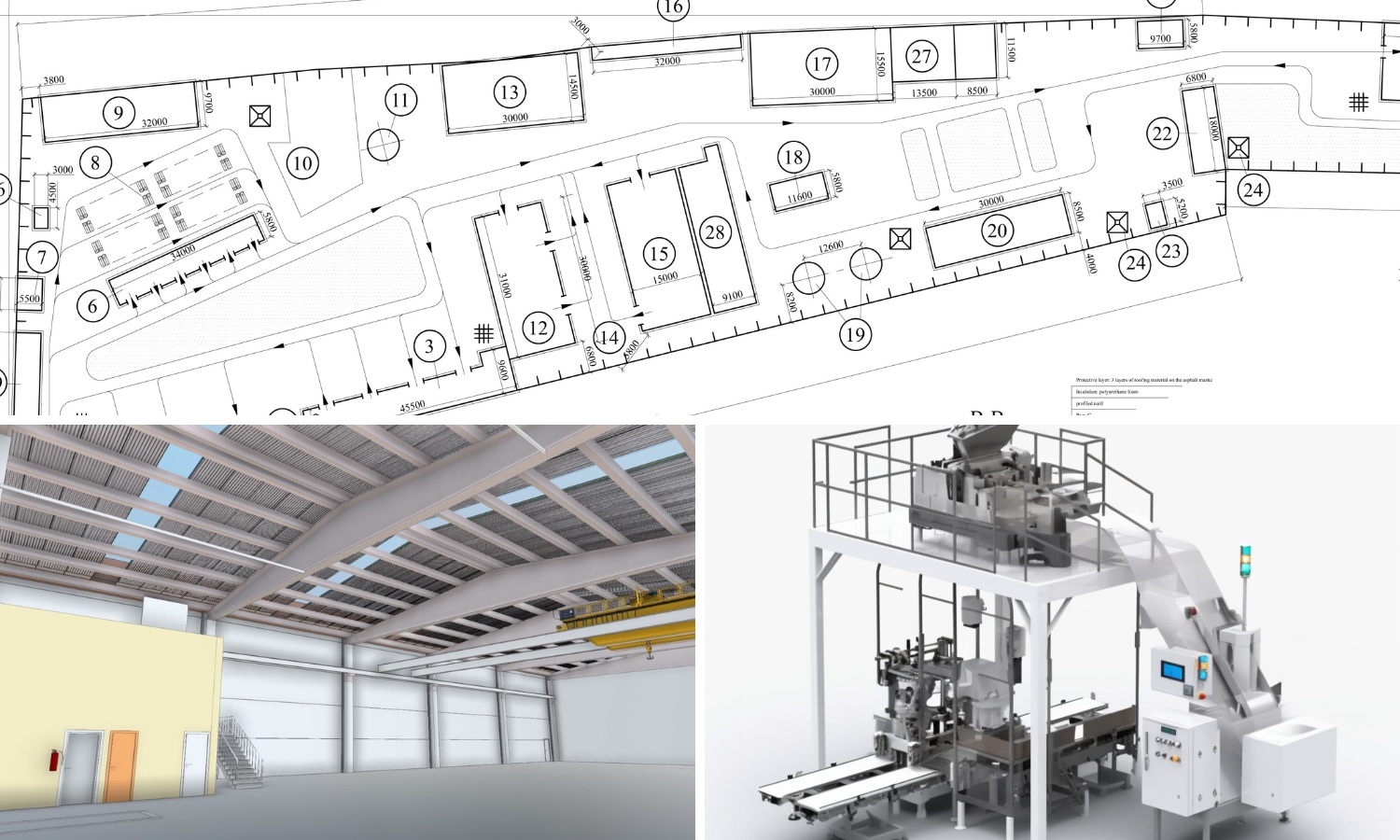


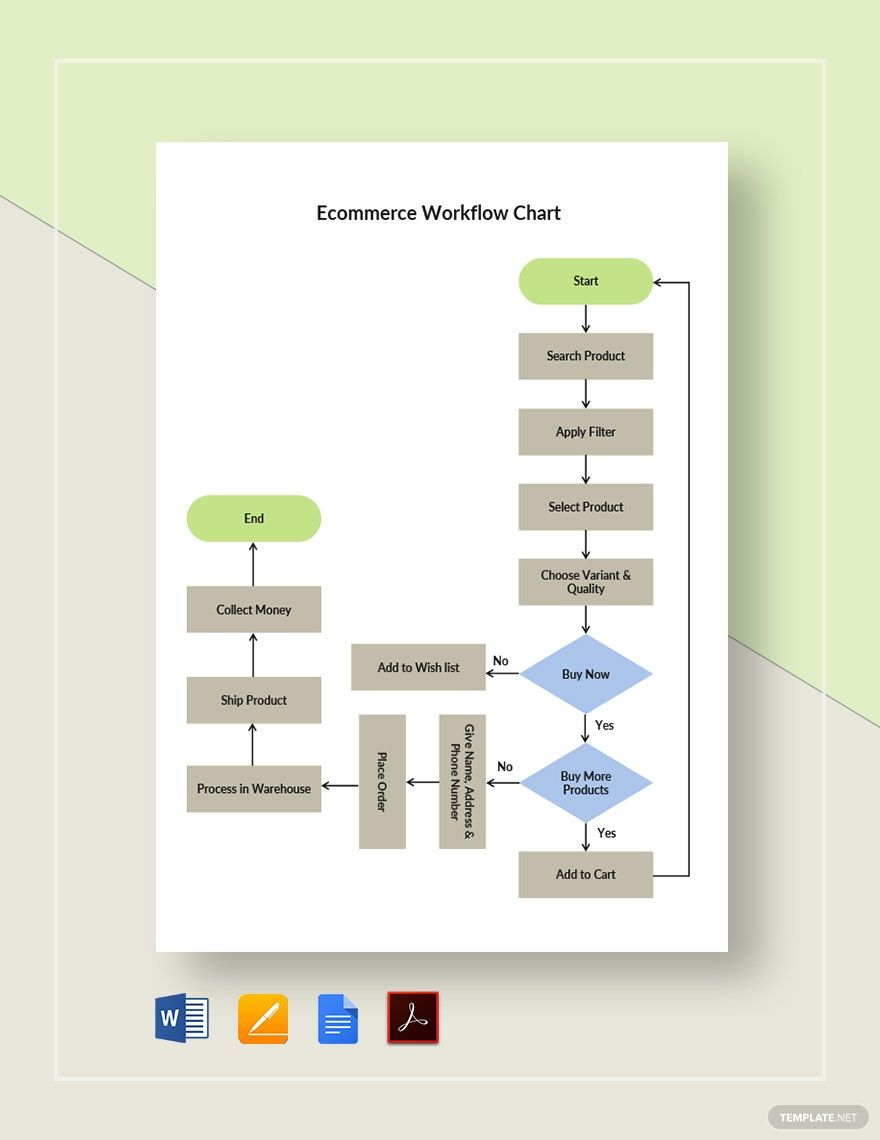
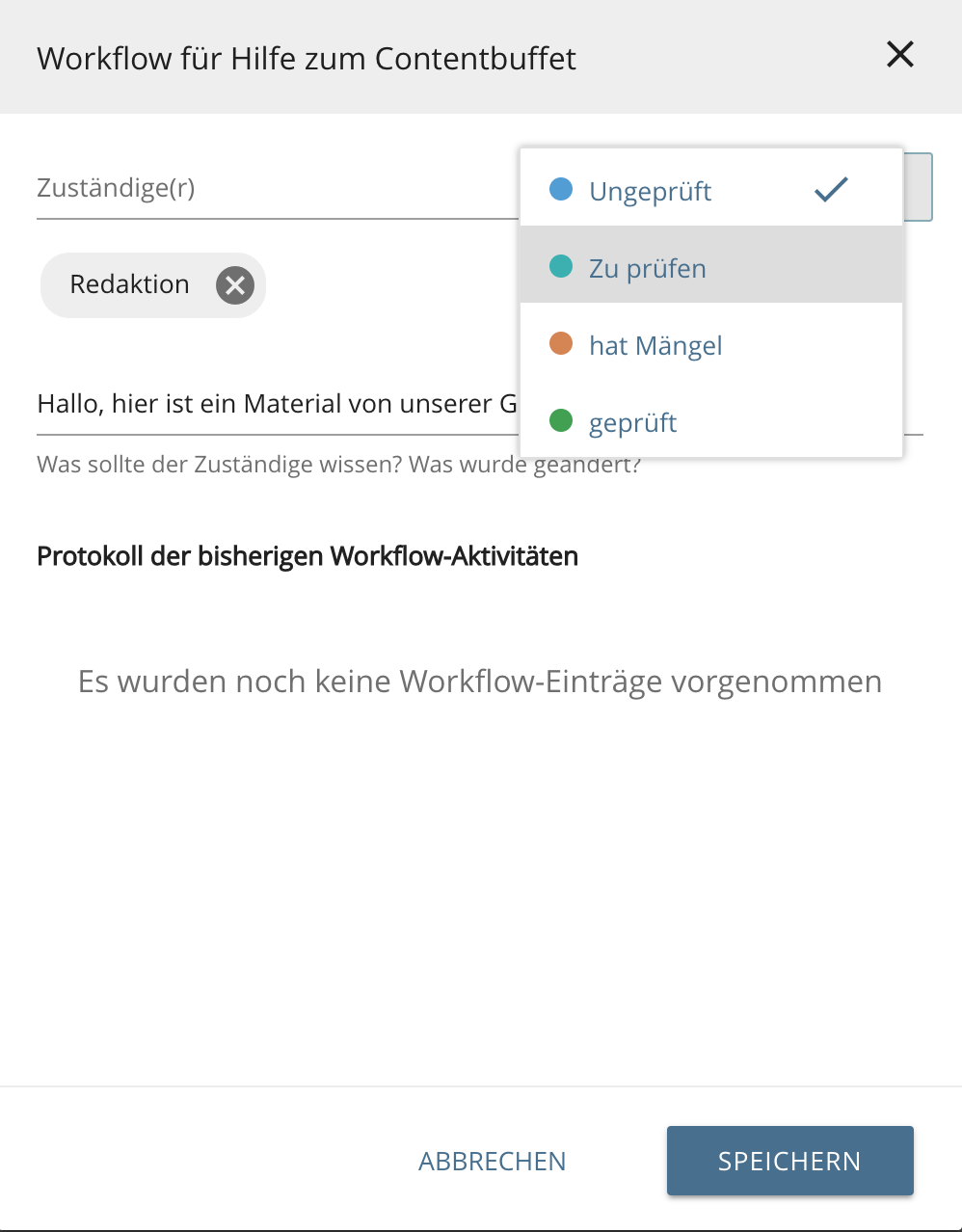
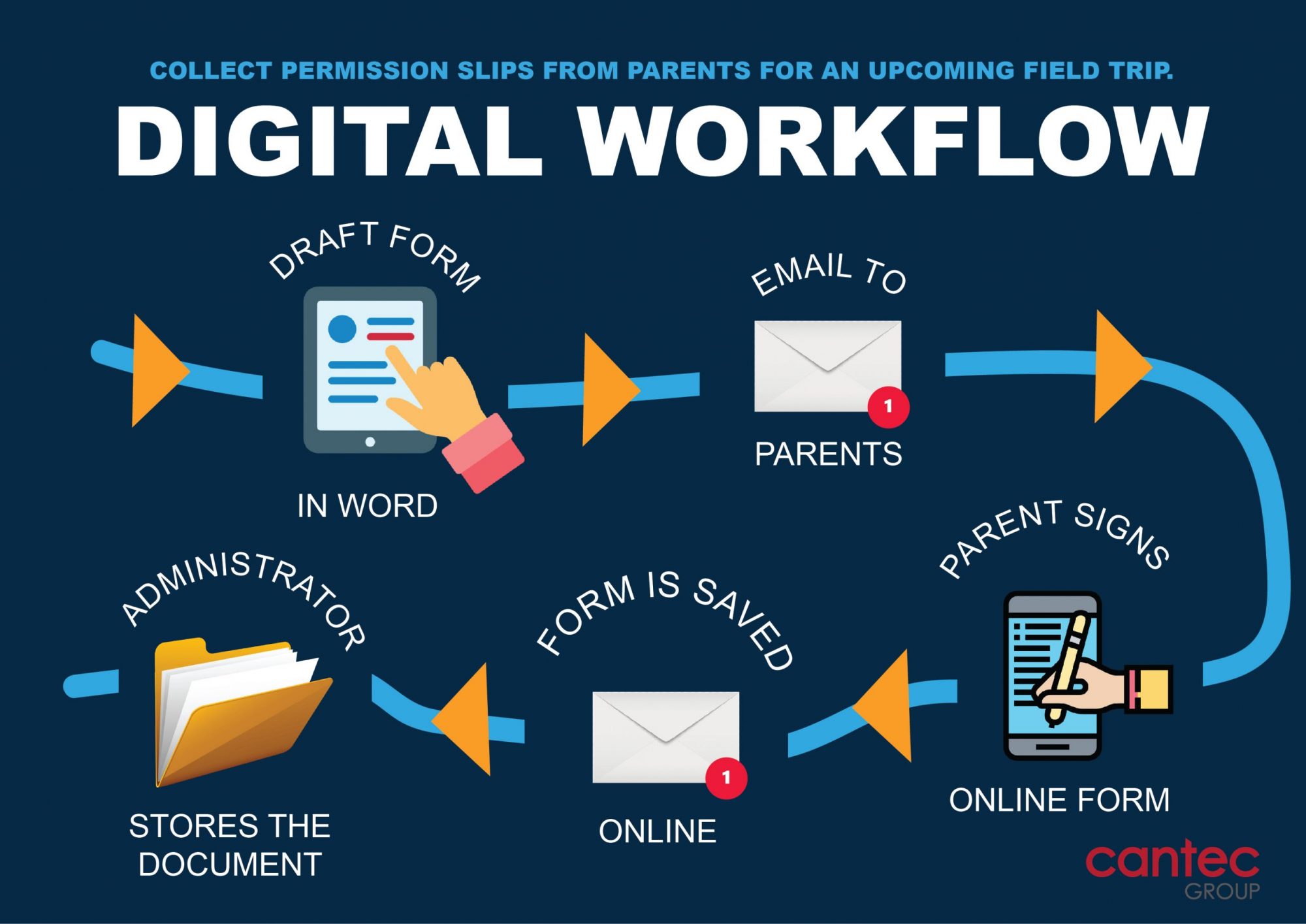

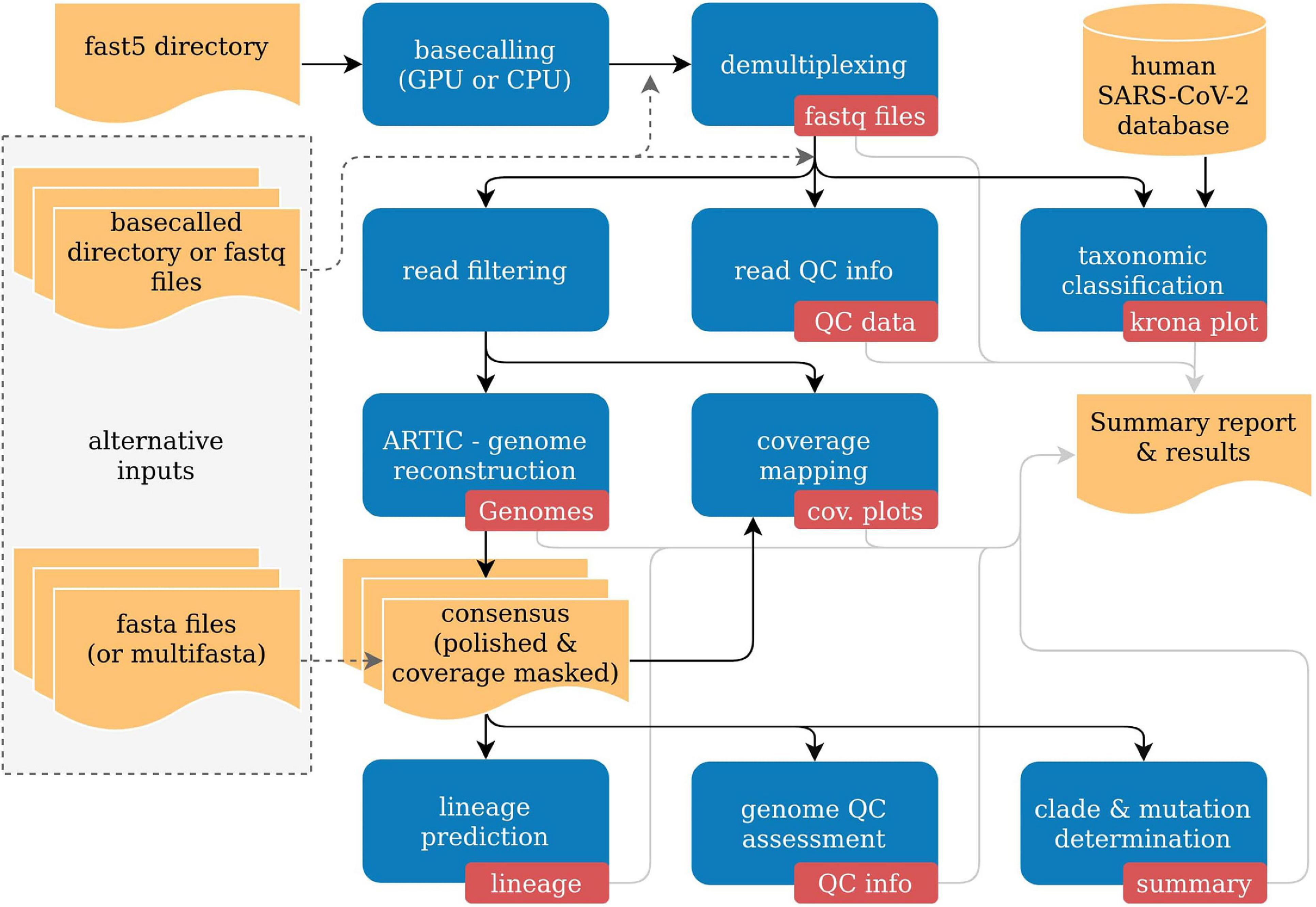

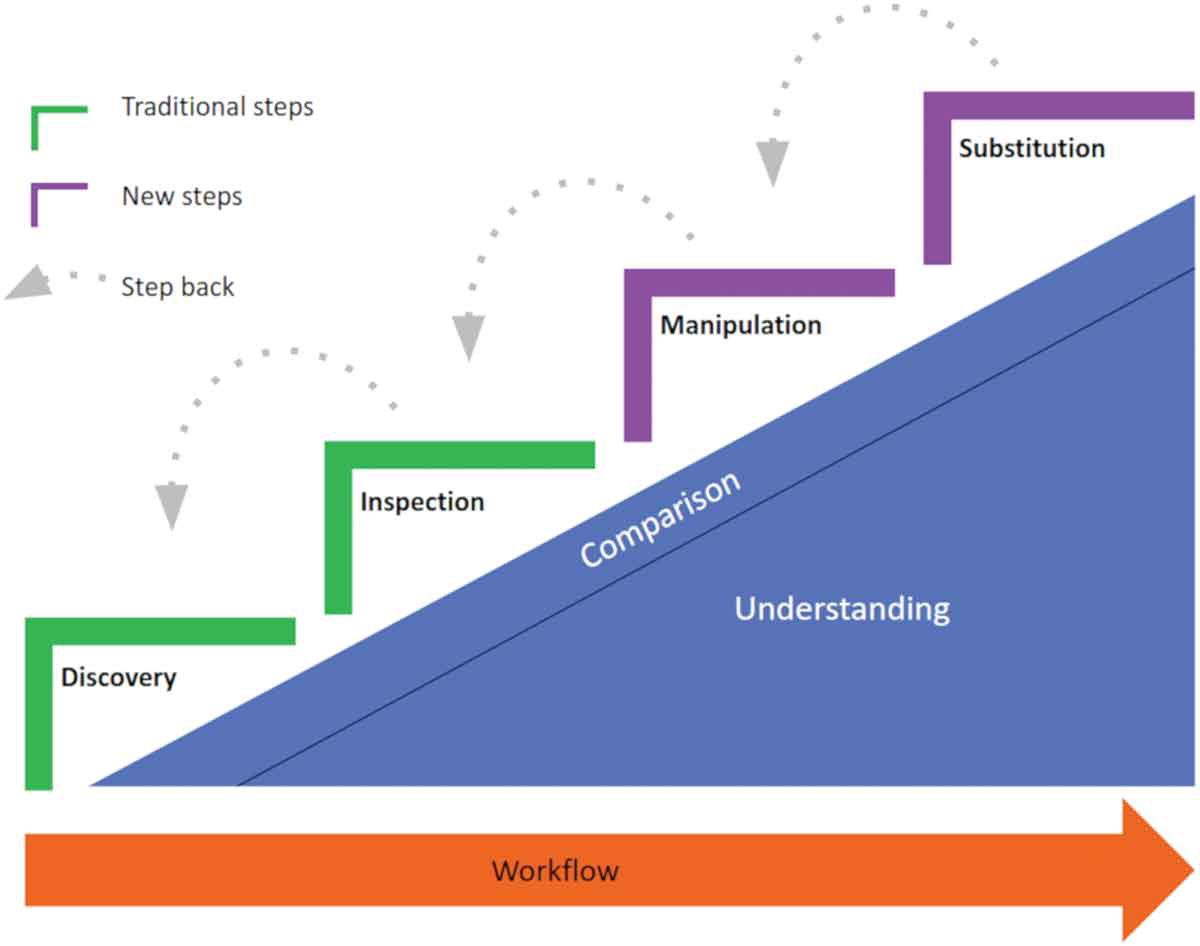


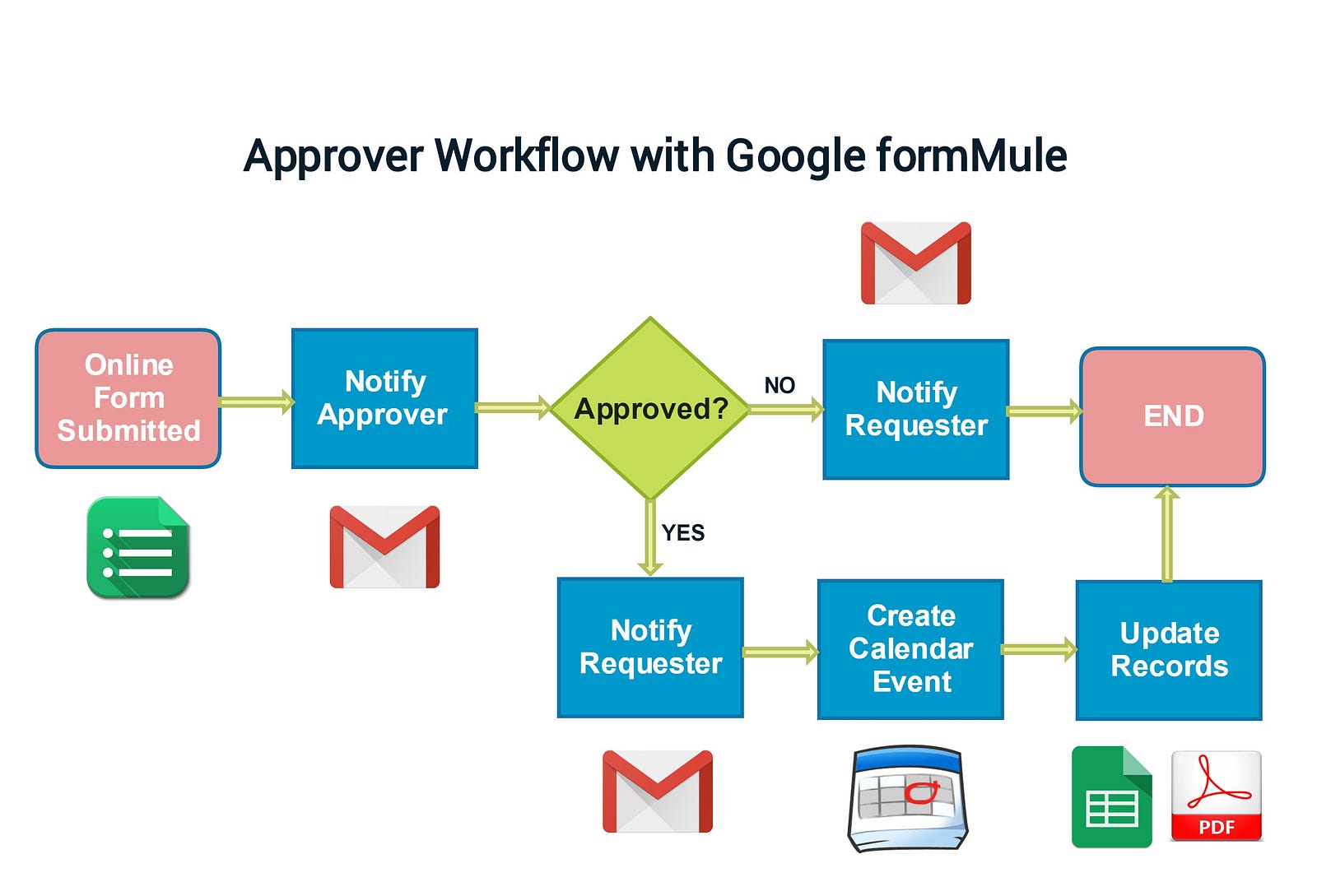
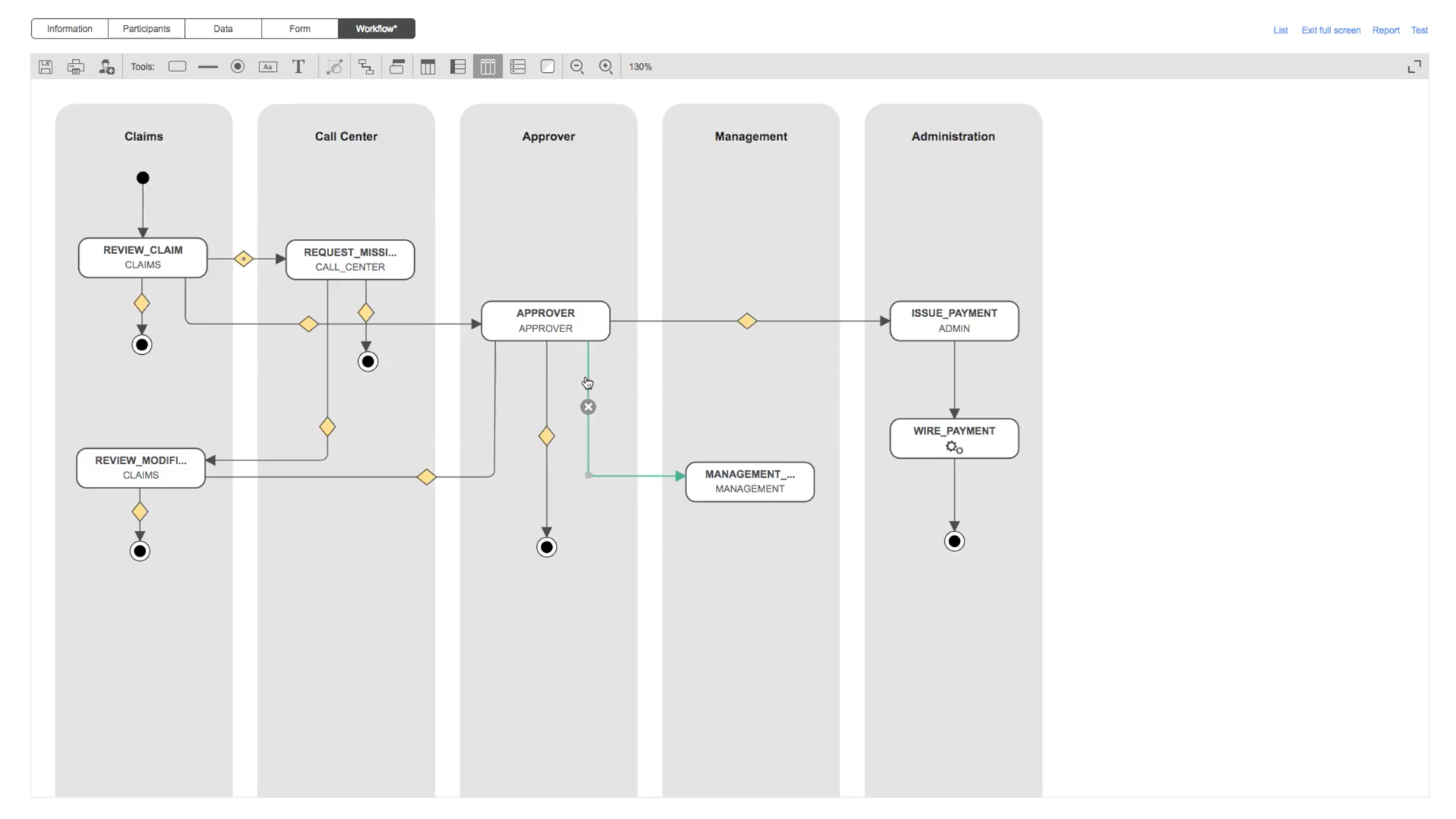
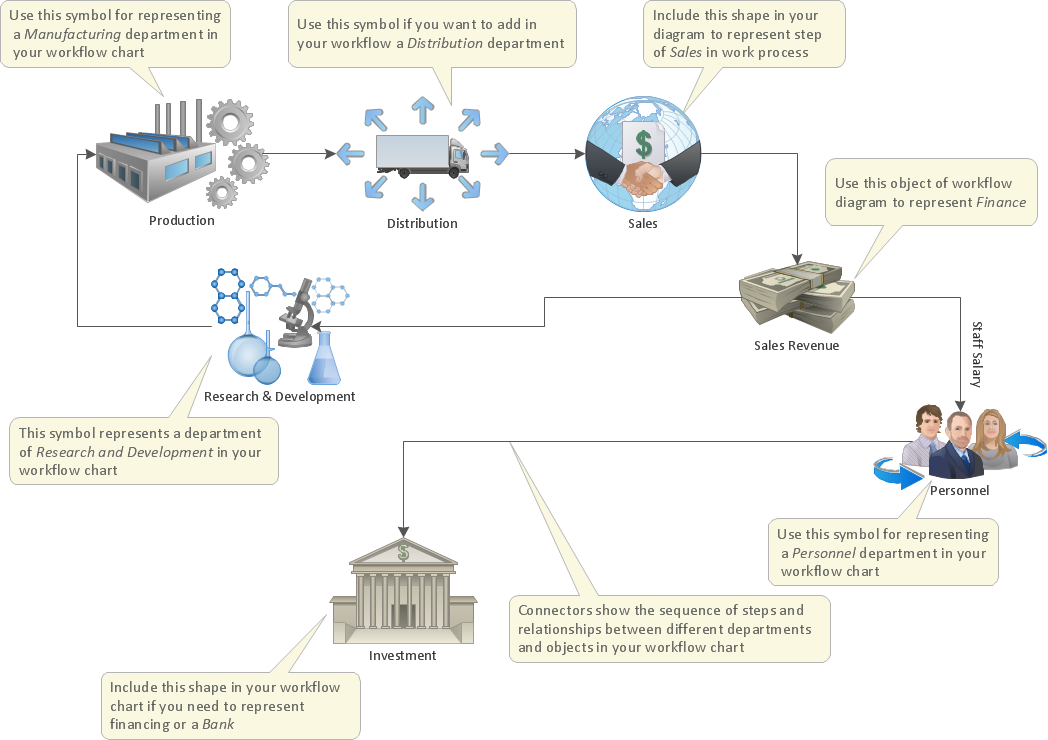












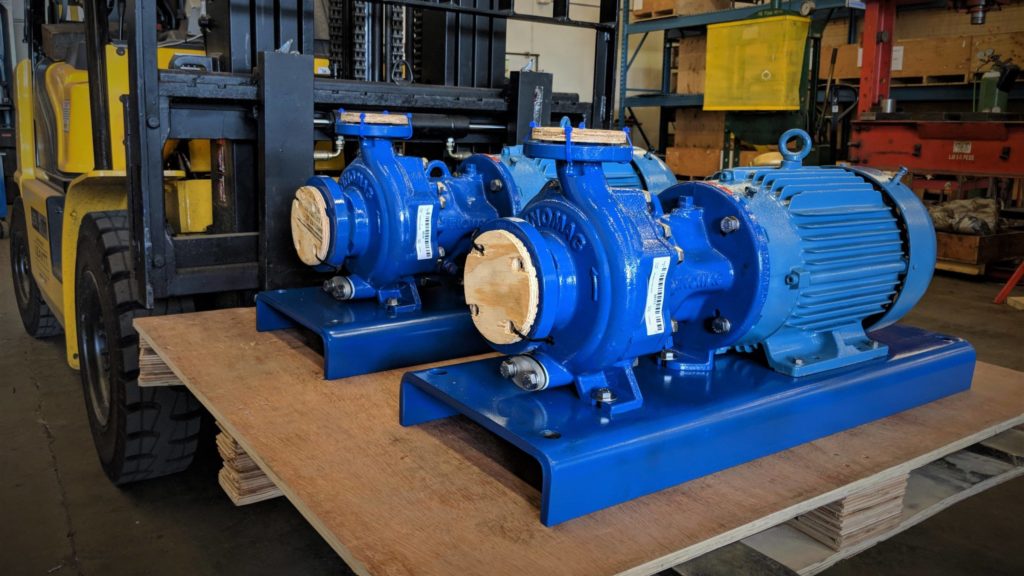





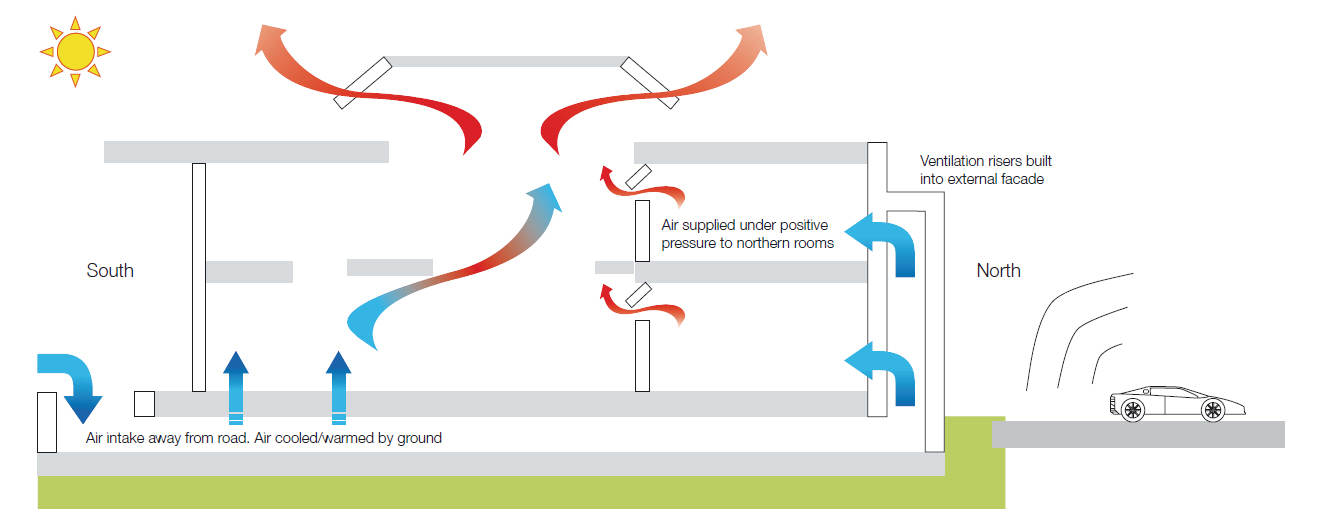


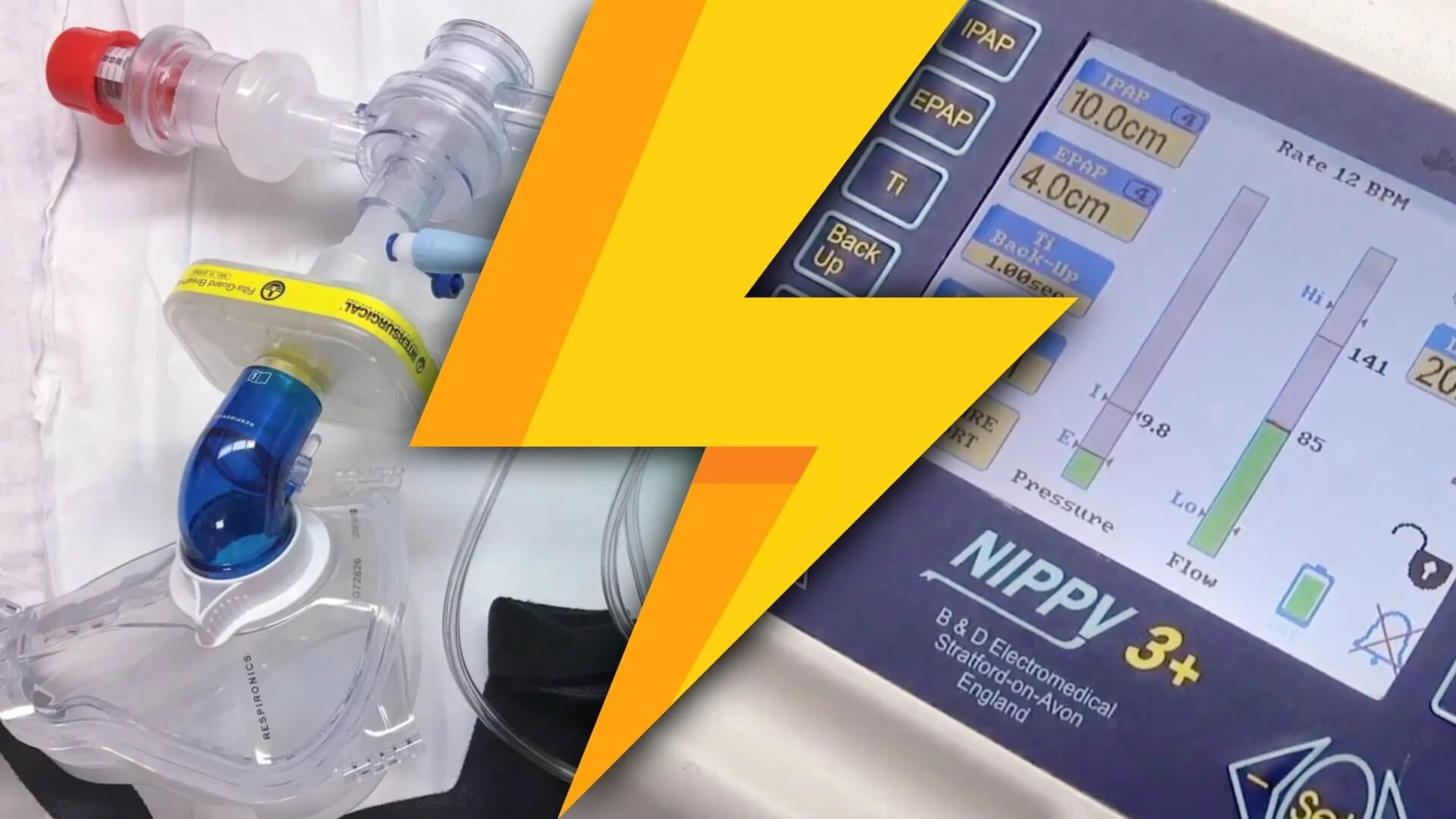+(banner).jpg)



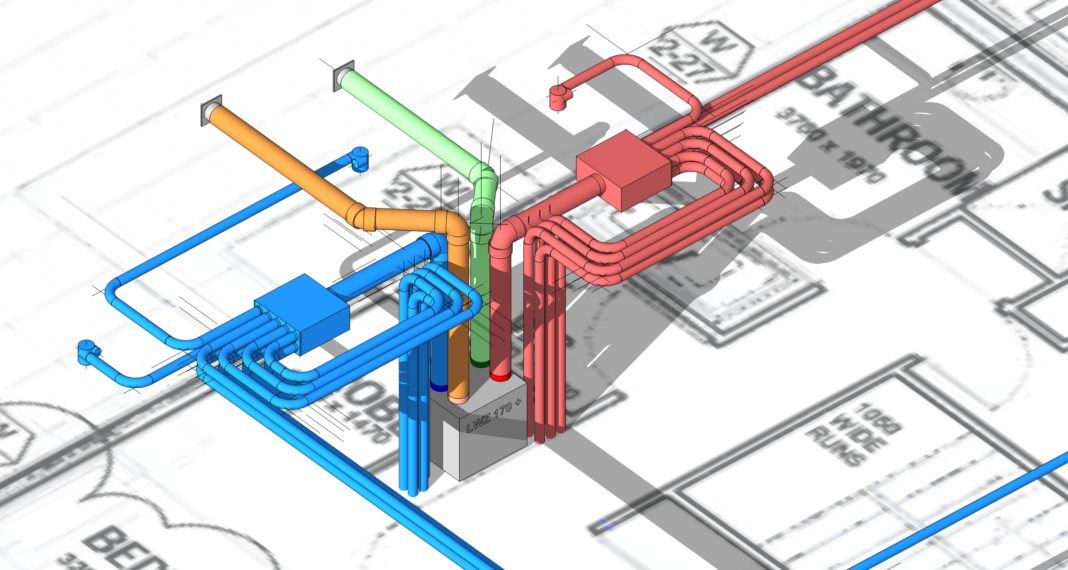

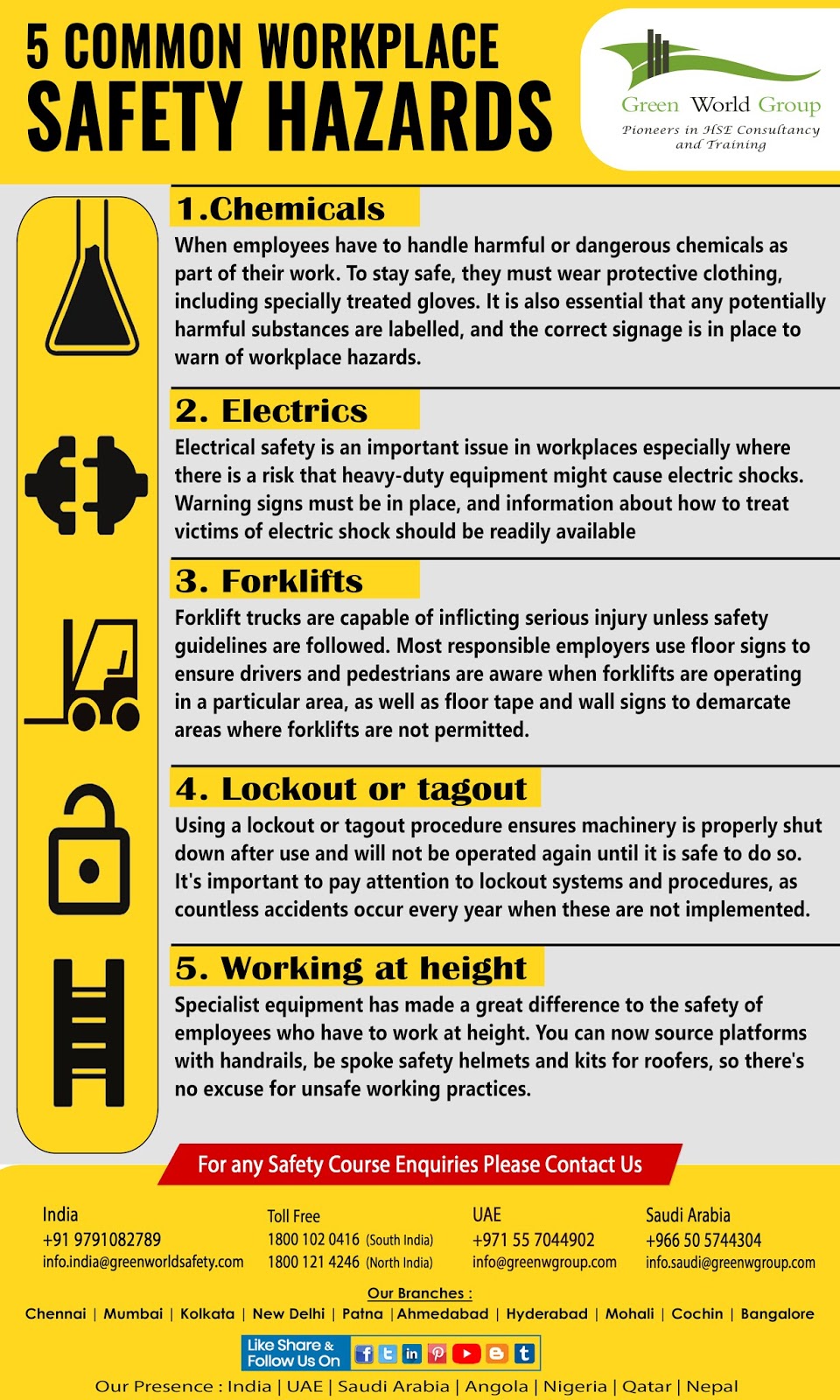

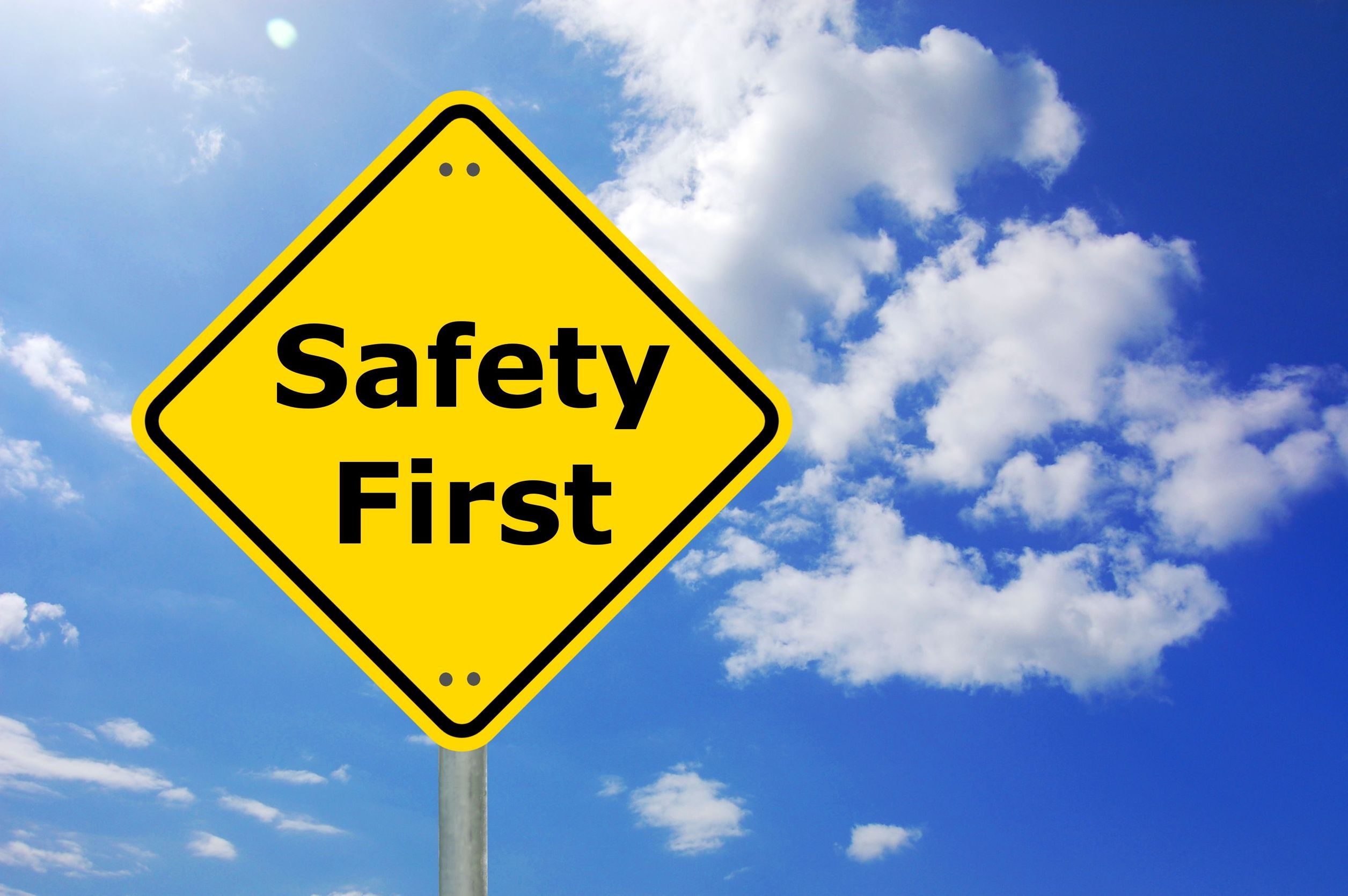
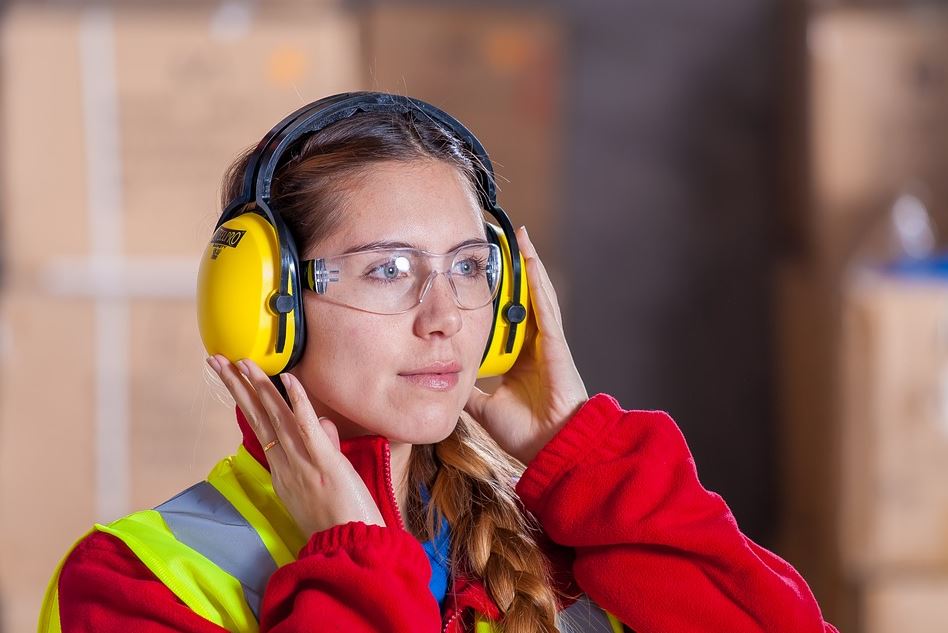

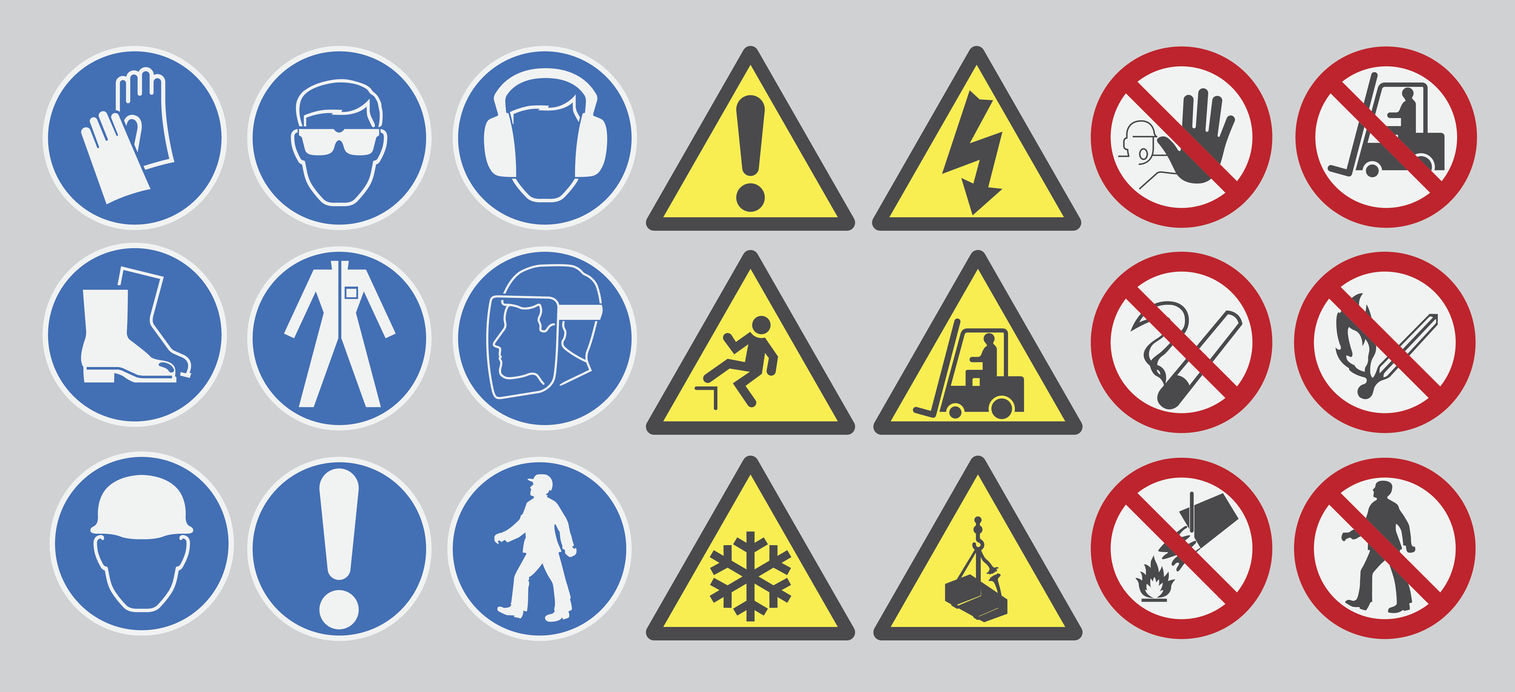

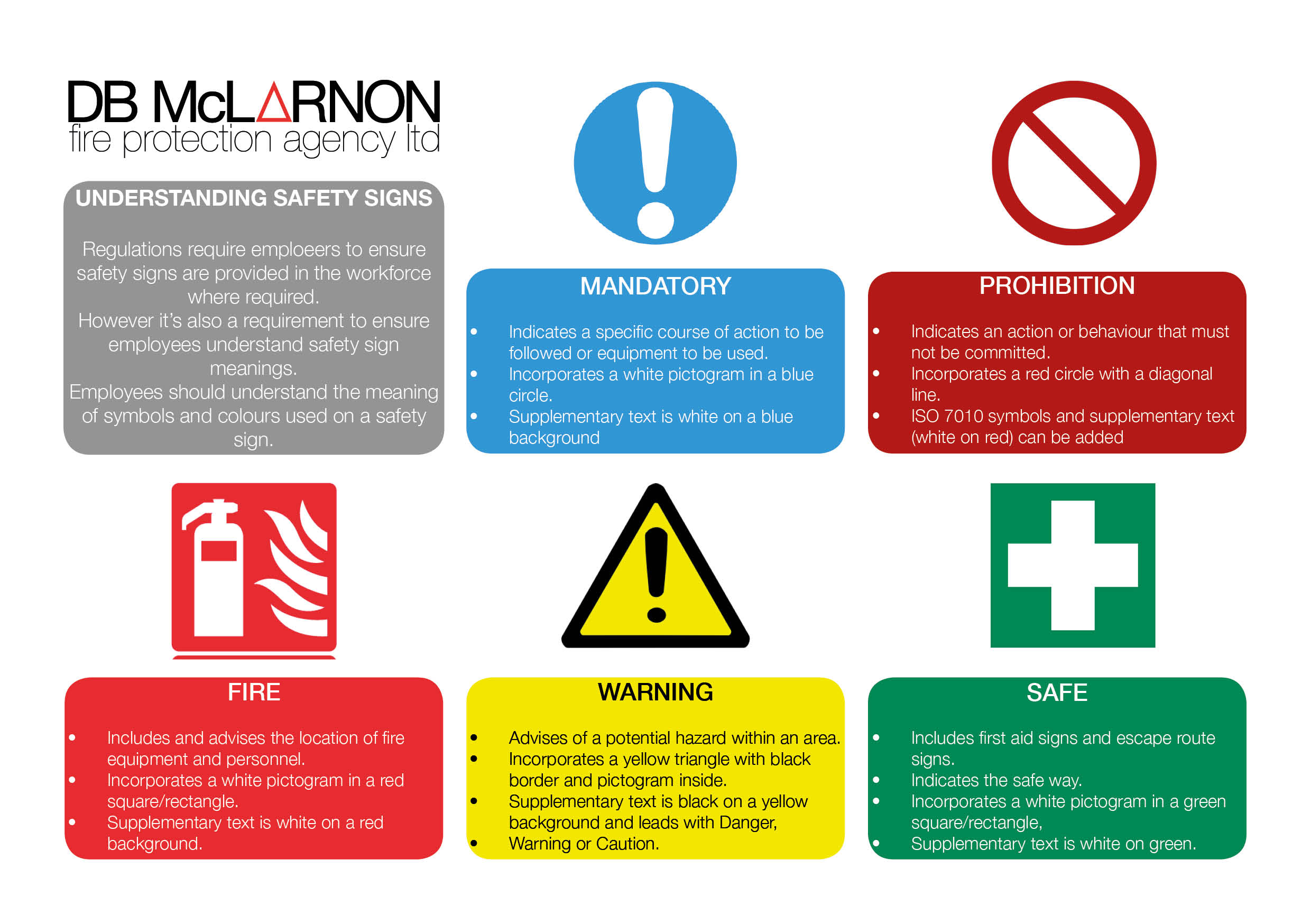













.jpeg?itok=84h9amaR)




